“Grown-ups always know better,” sounds the criticism from children. But do we really know everything better? How does a designer know what the little ones need? This time, we are bringing you projects that help the adult world understand children’s language.
We adults often think we know what our children need because we have been children ourselves. This assumption is absolutely correct until we consider that we no longer live in a physiological and emotional world similar to our children’s. A child is much more spontaneous and unpredictable than an adult, and the primary reason for this is that they are discovering and learning themselves. Perhaps that is why it matters so much what influences them.
It has almost become a cliché to say that we live in a child-centered world. Bringing up the next generation is central to the life of every generation, yet the design and implementation of these strategies are concentrated in the hands of adults, whose view of the world determines what is good for children, and that’s right. But now, from the perspective of object design, publications, films—the creative industries—the end-users, the children, are unavoidable.
Soft, colorful and happy—you could go on and on with adjectives that describe the look of children’s products designed by adults. They can all be seen as a representation of the stereotypes society as a whole has about children. But is this what children want? Let’s look at some projects that go beyond the parameters mentioned above and take a slightly different approach when designing for children.
RUNRIDE // Btwin DECATHLON | Lille, France
Pierre Villez
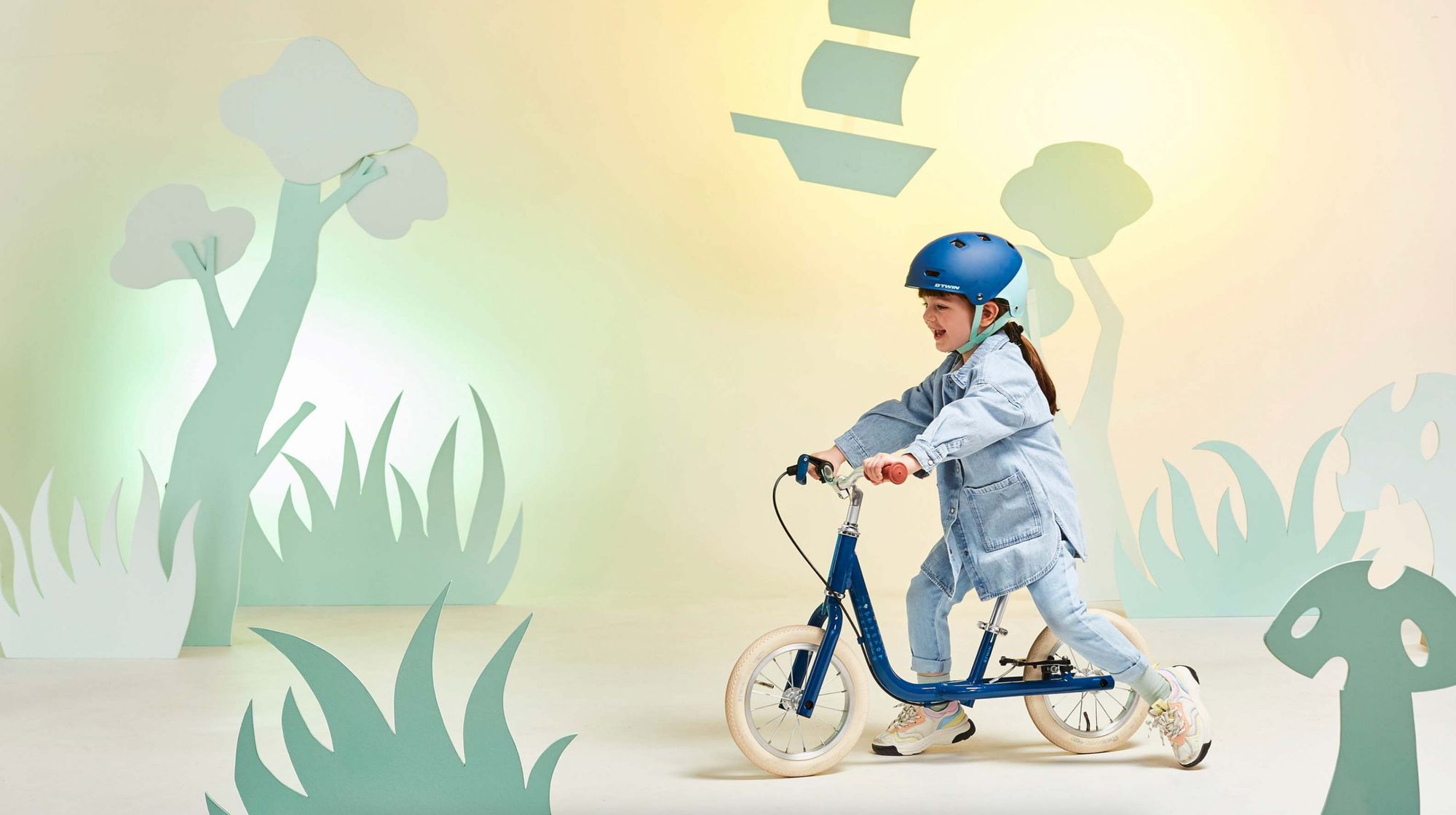
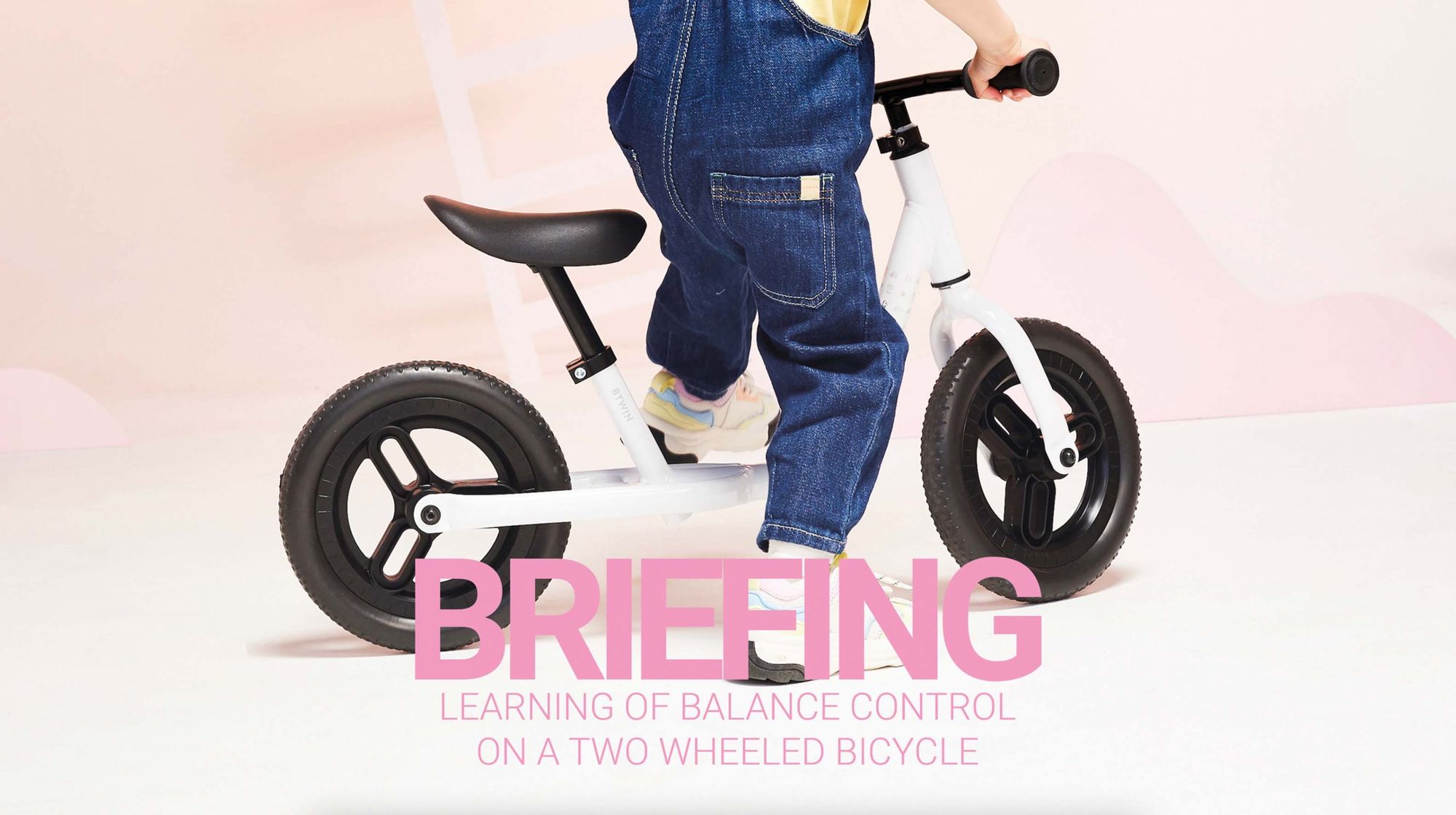


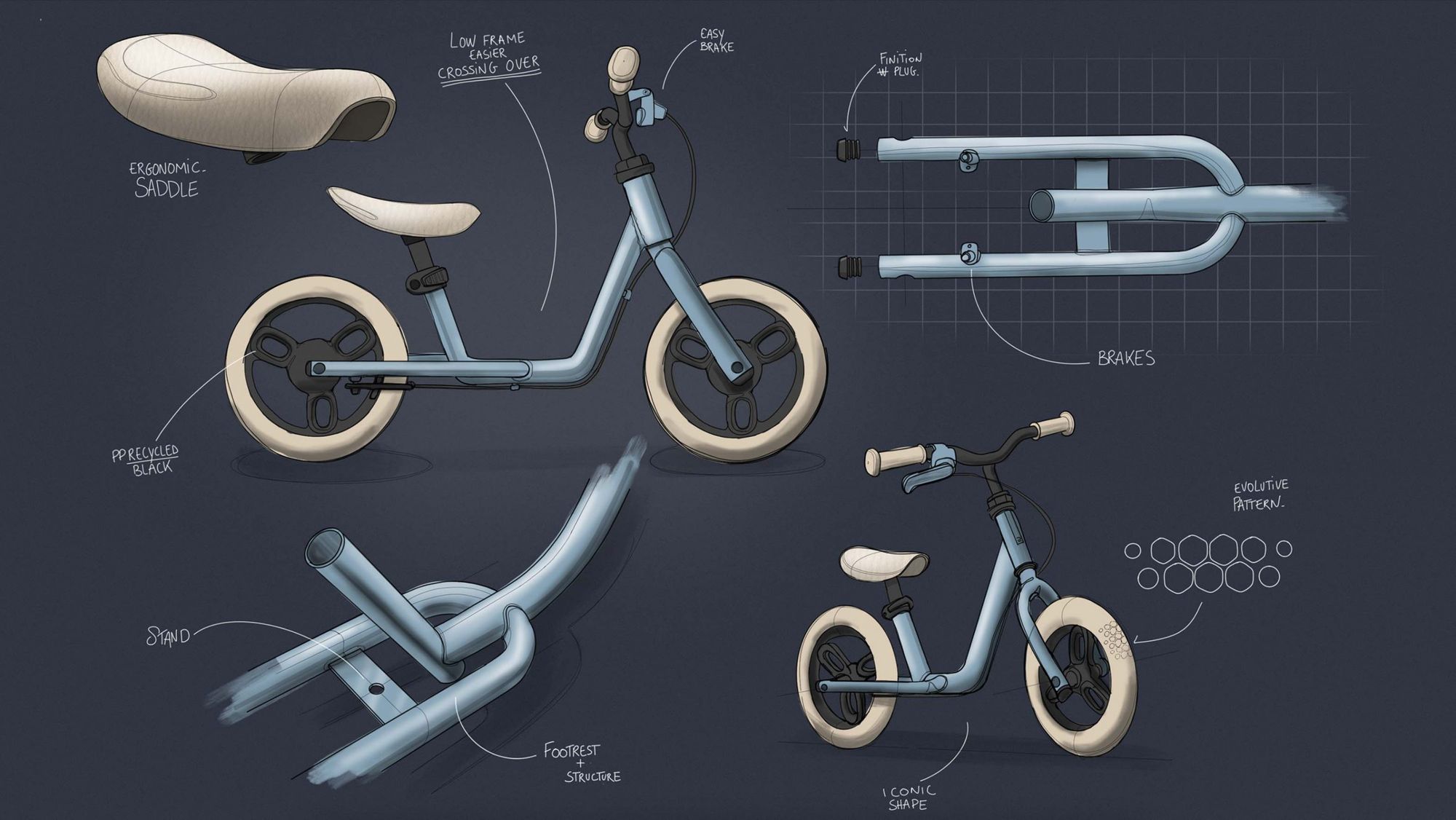
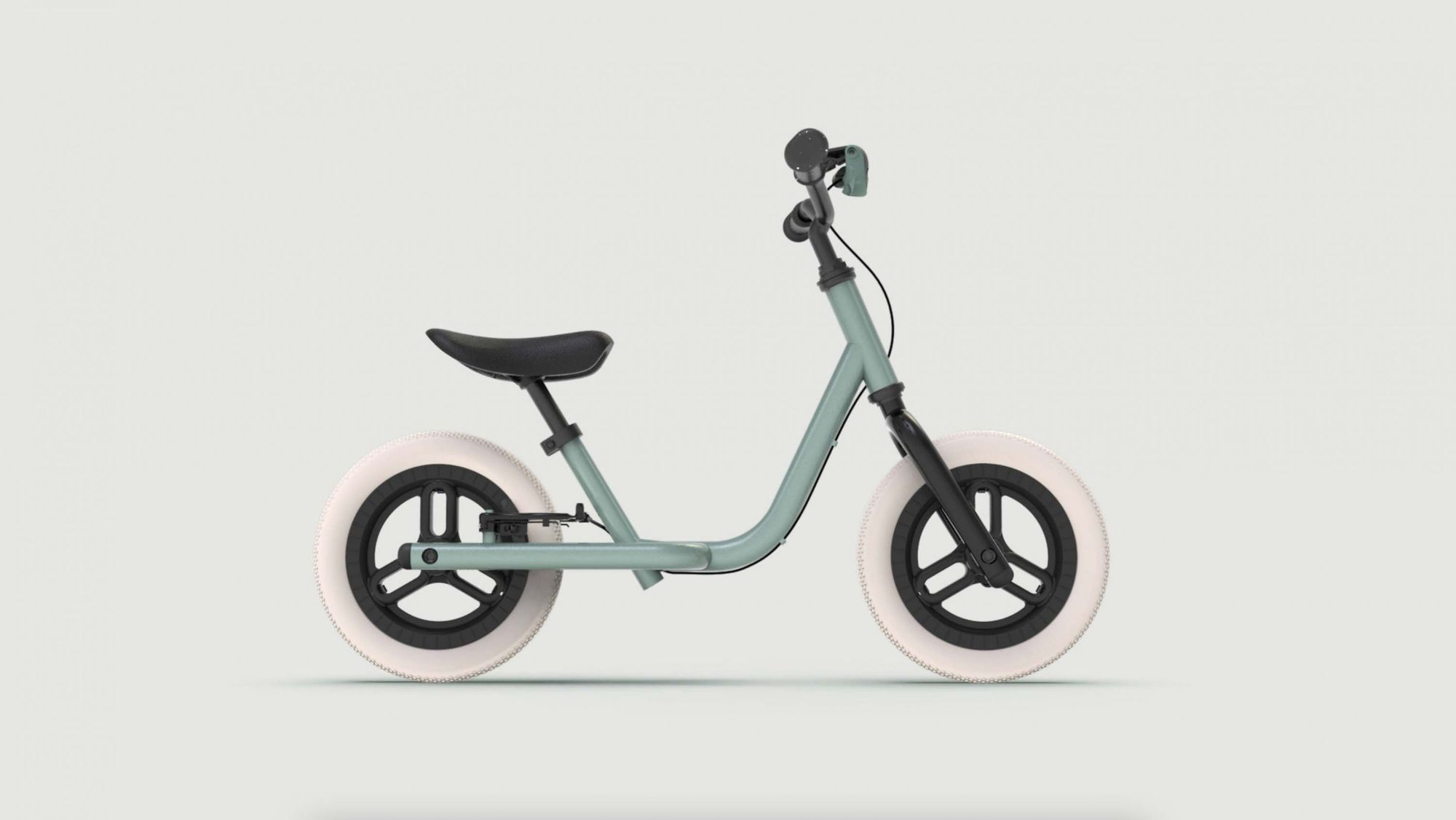
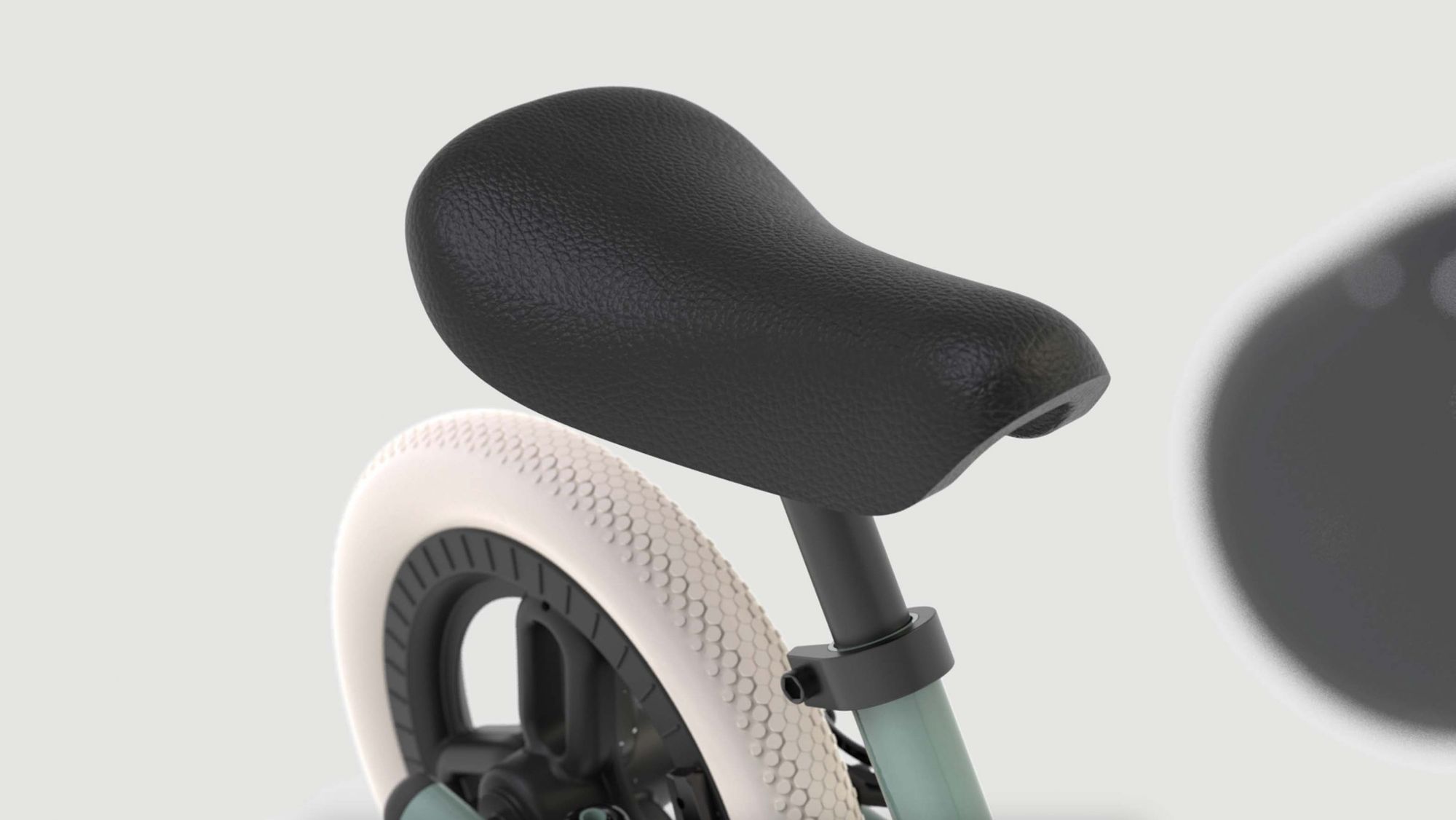
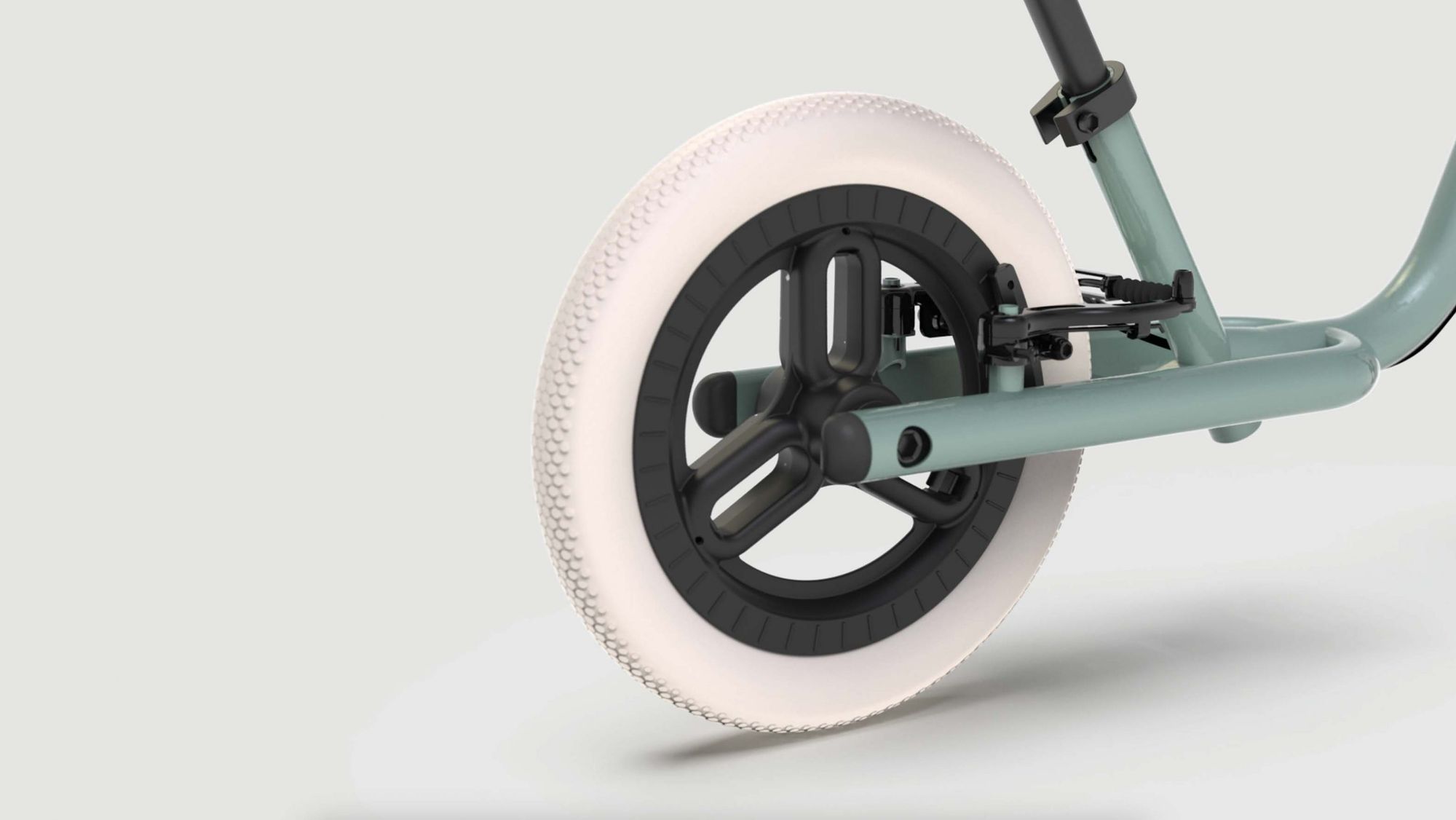
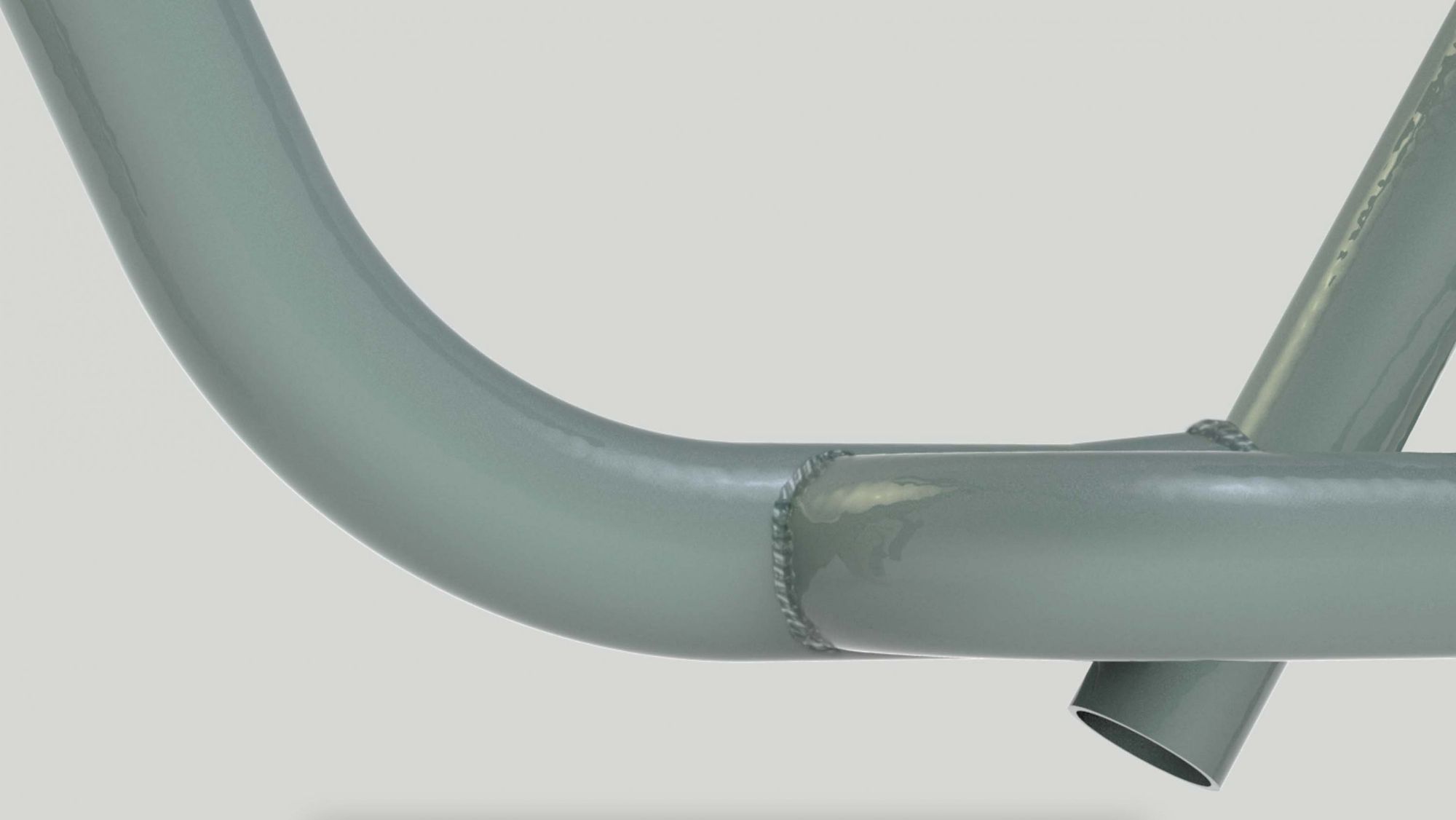
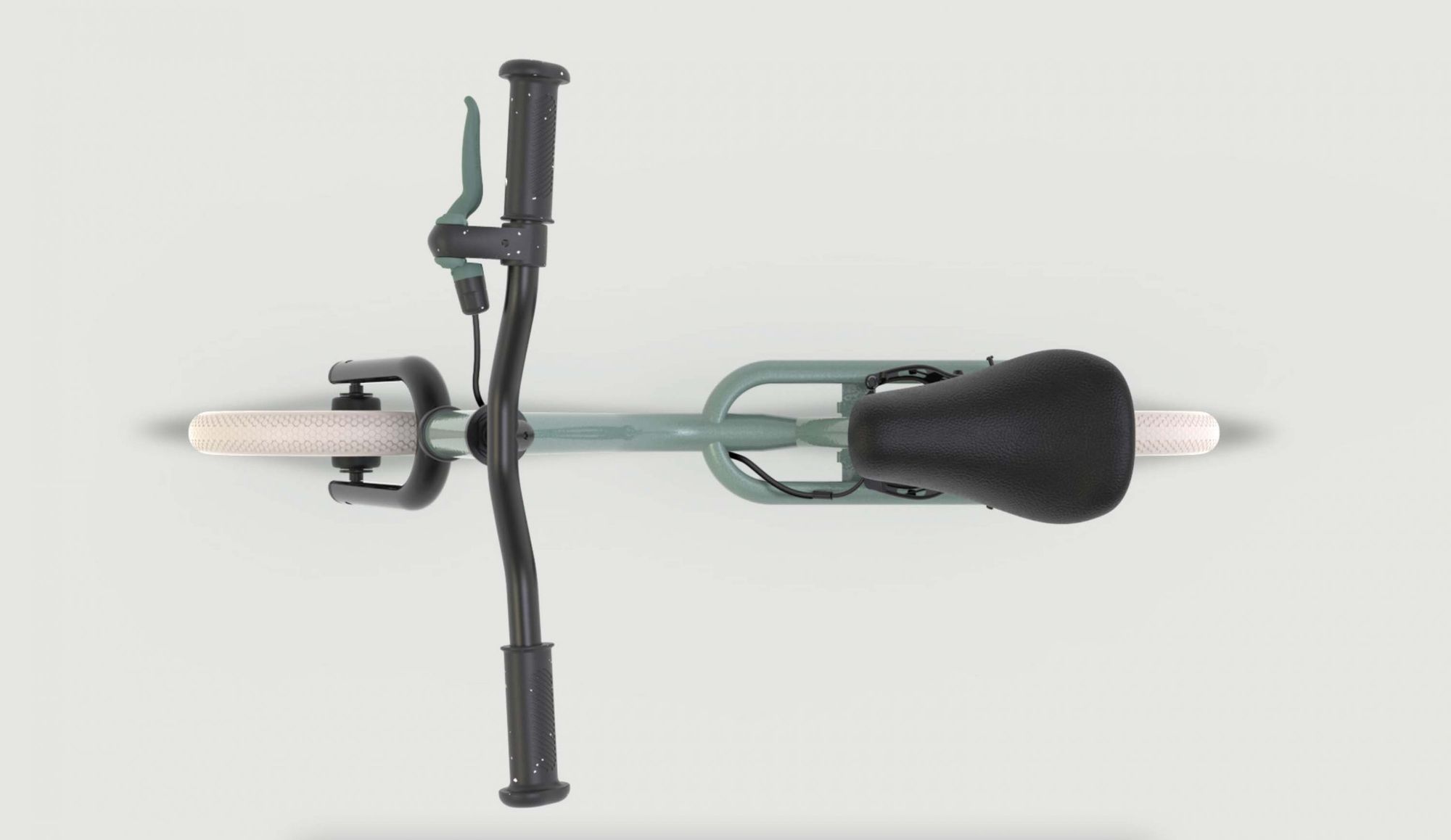

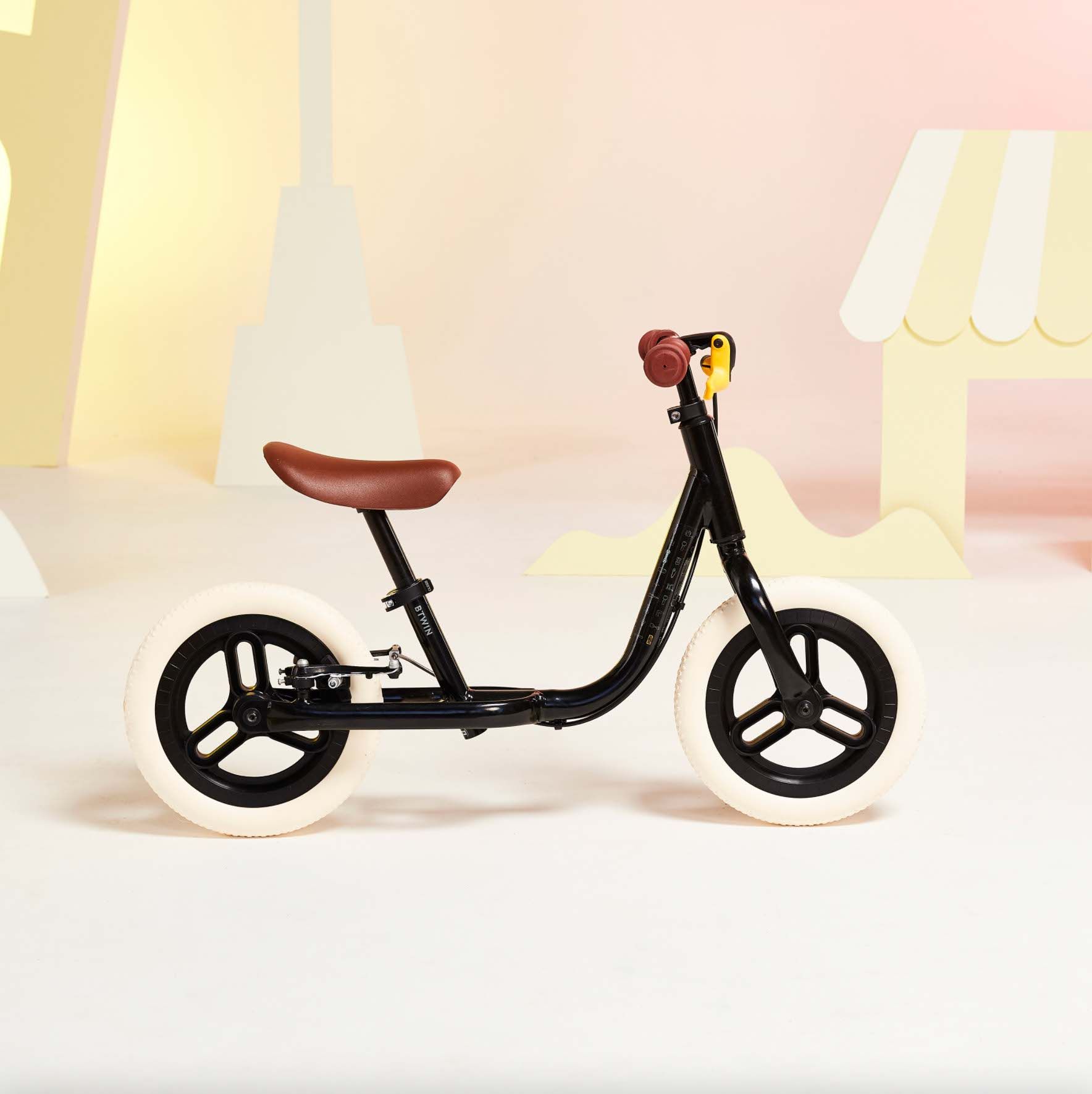

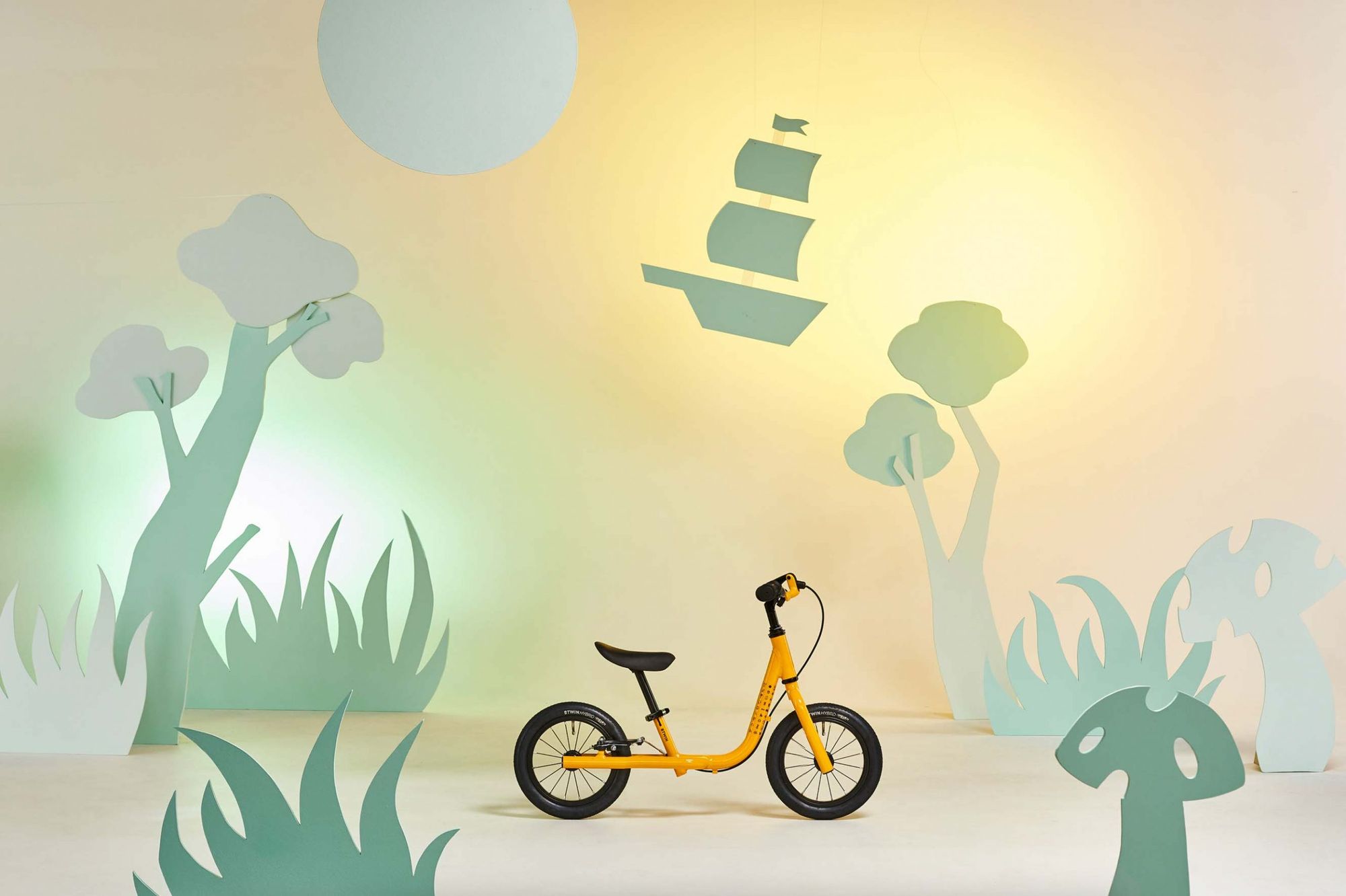
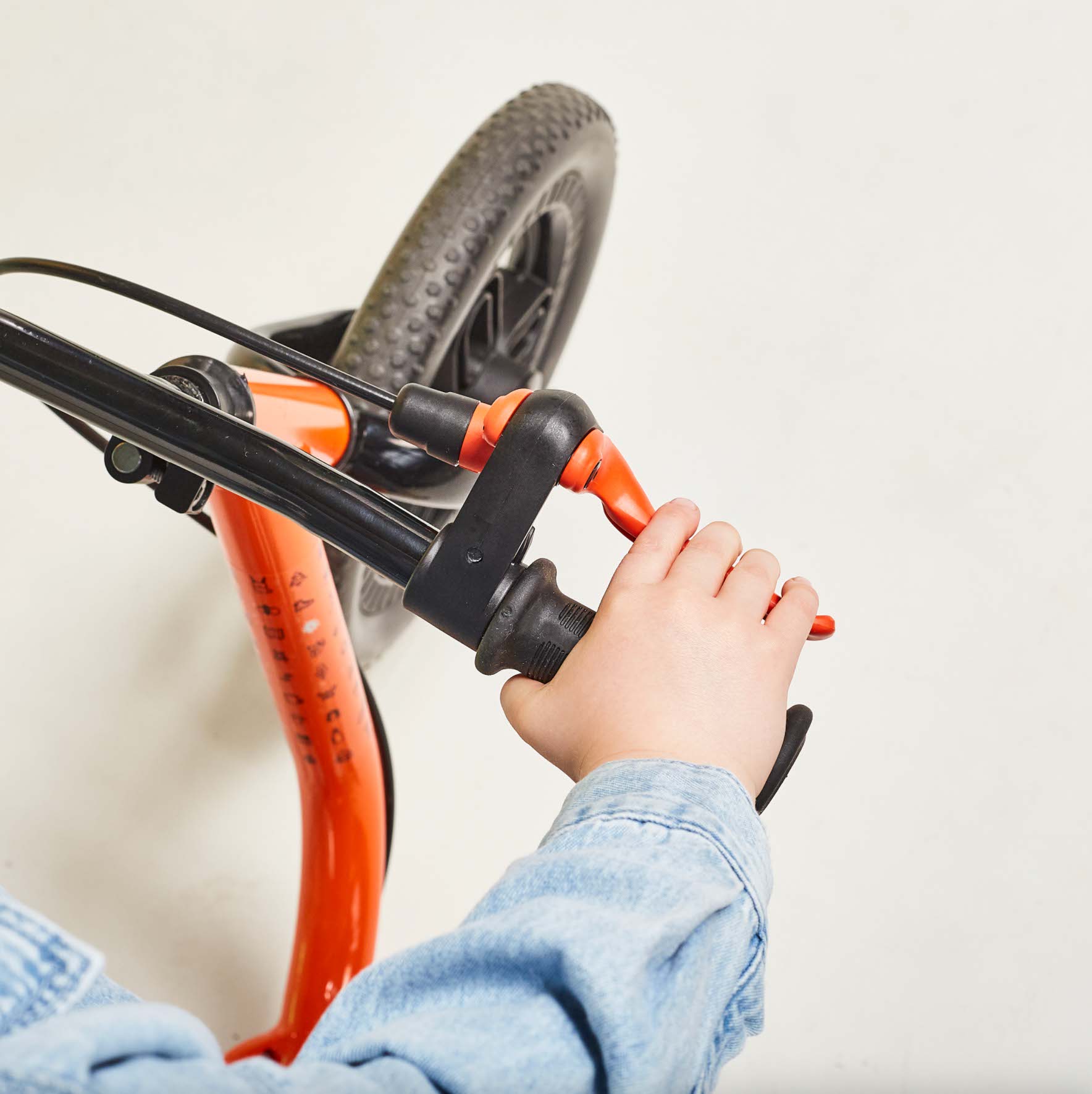
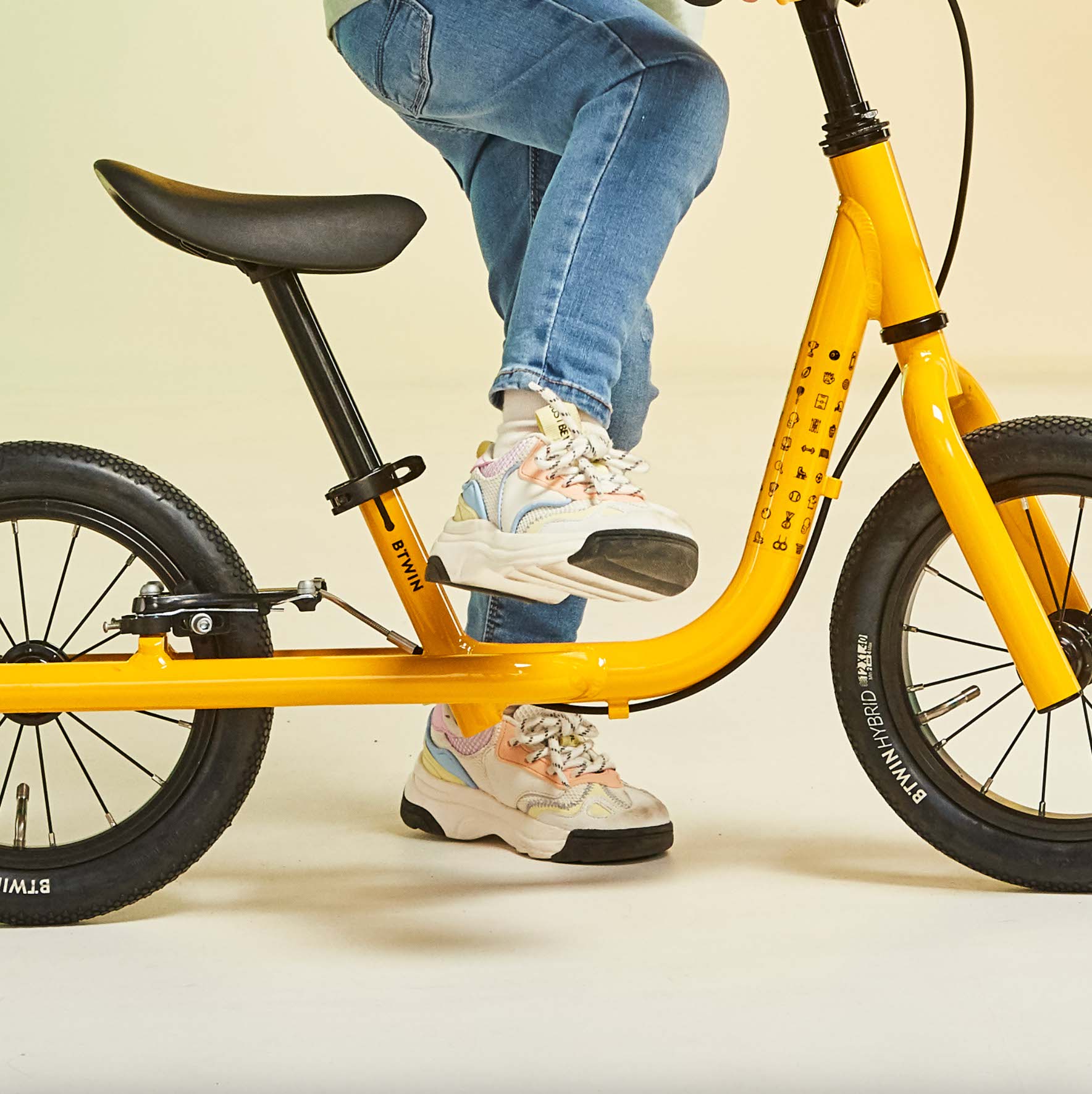
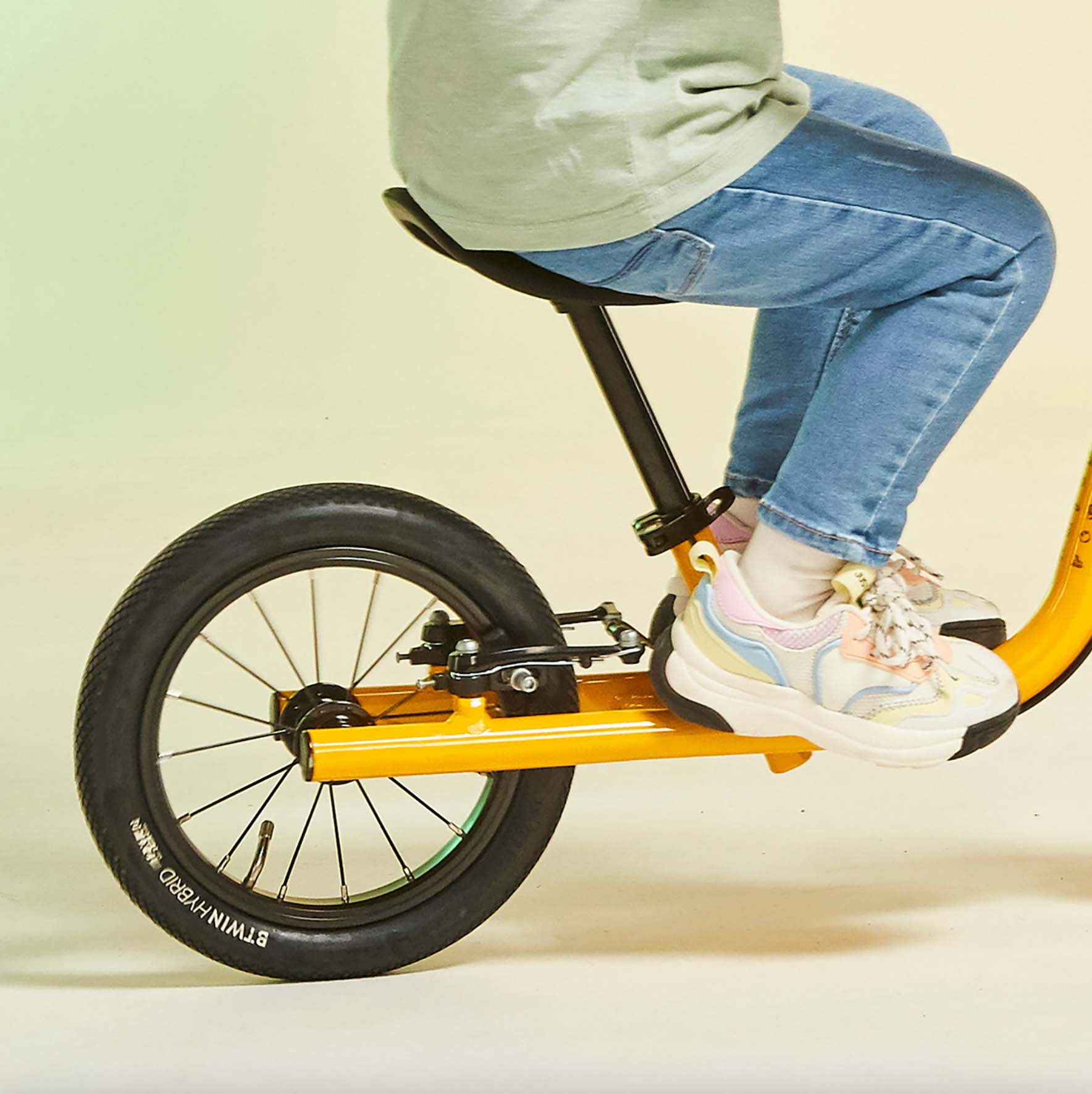

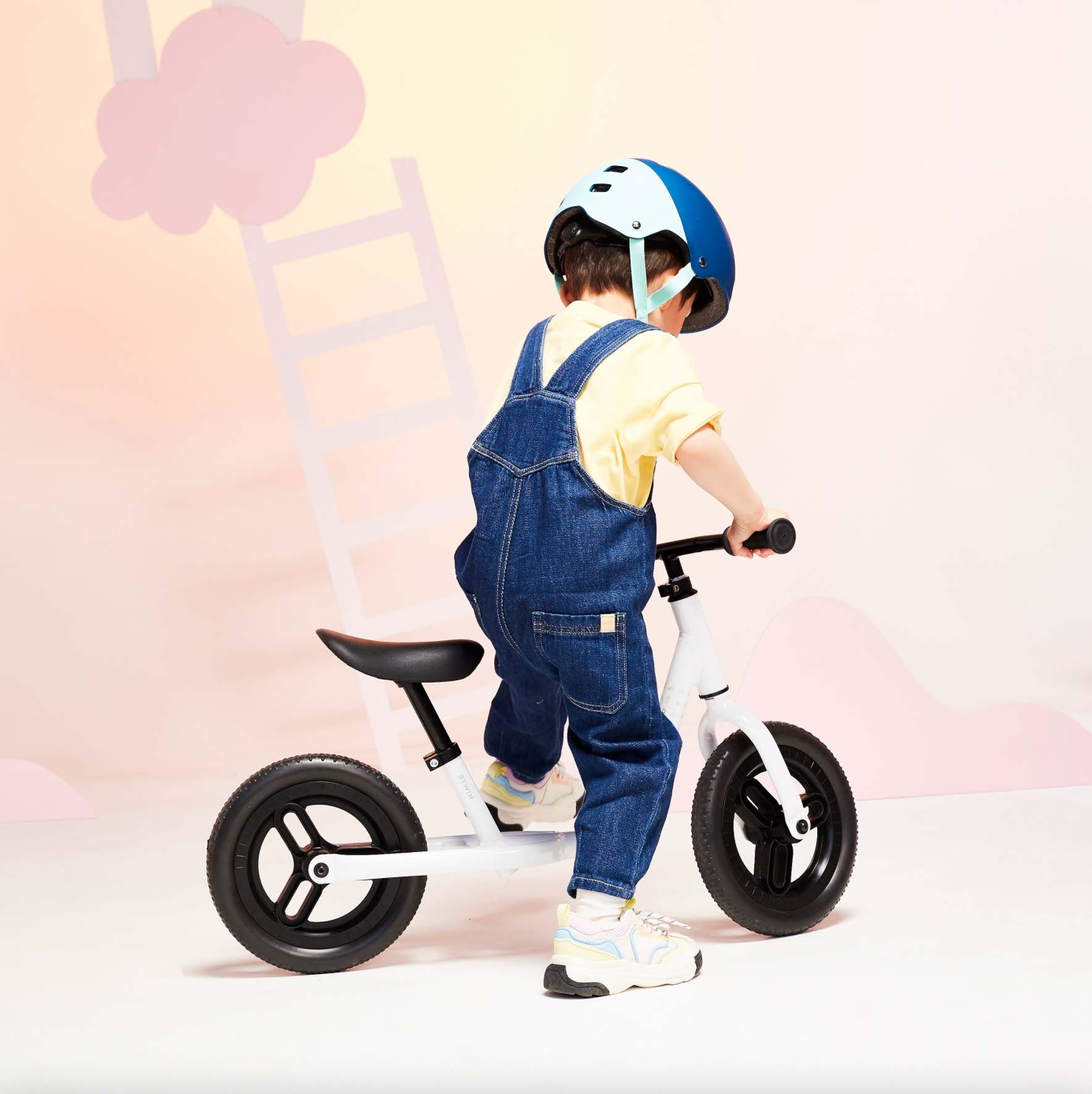
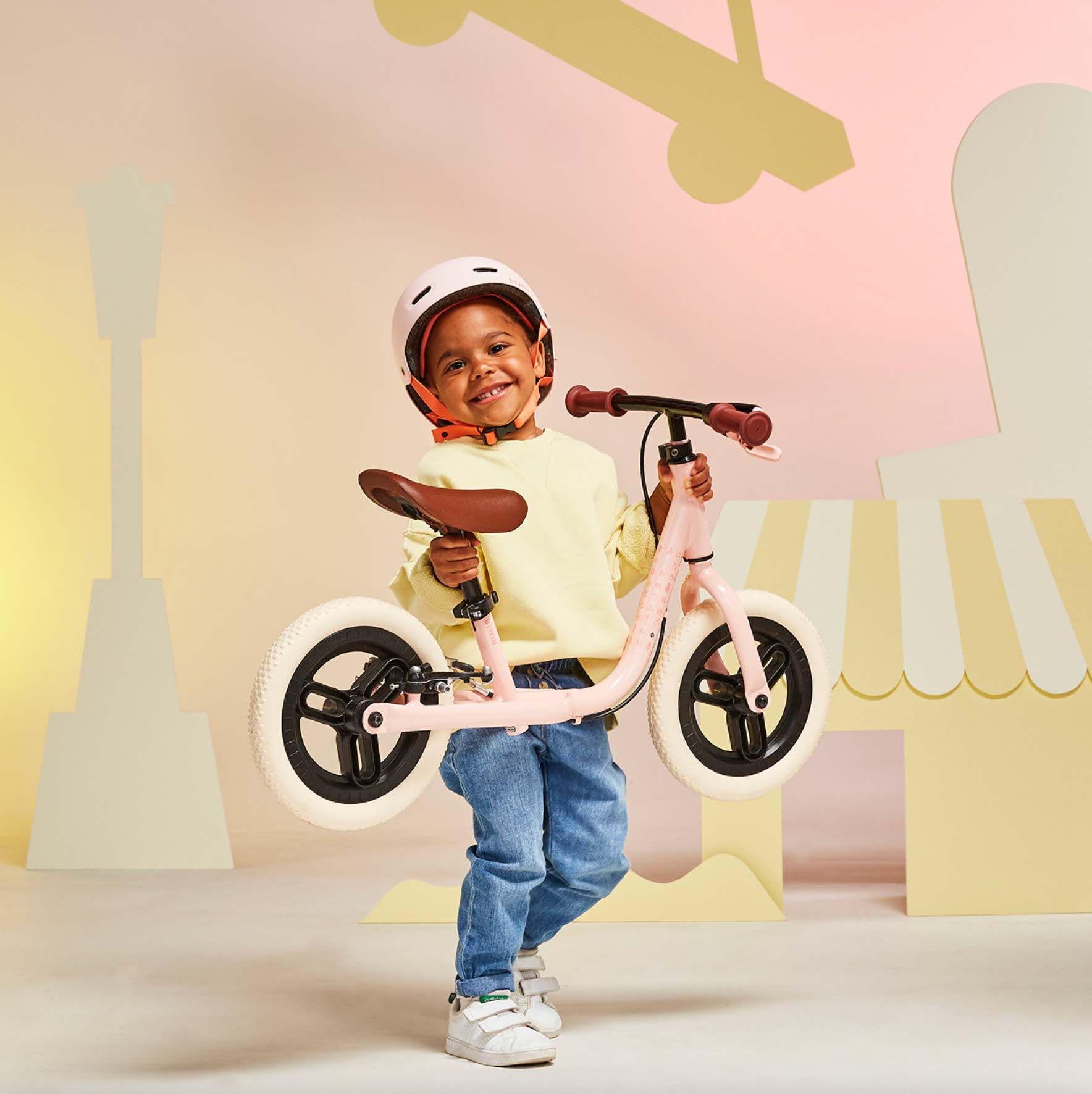
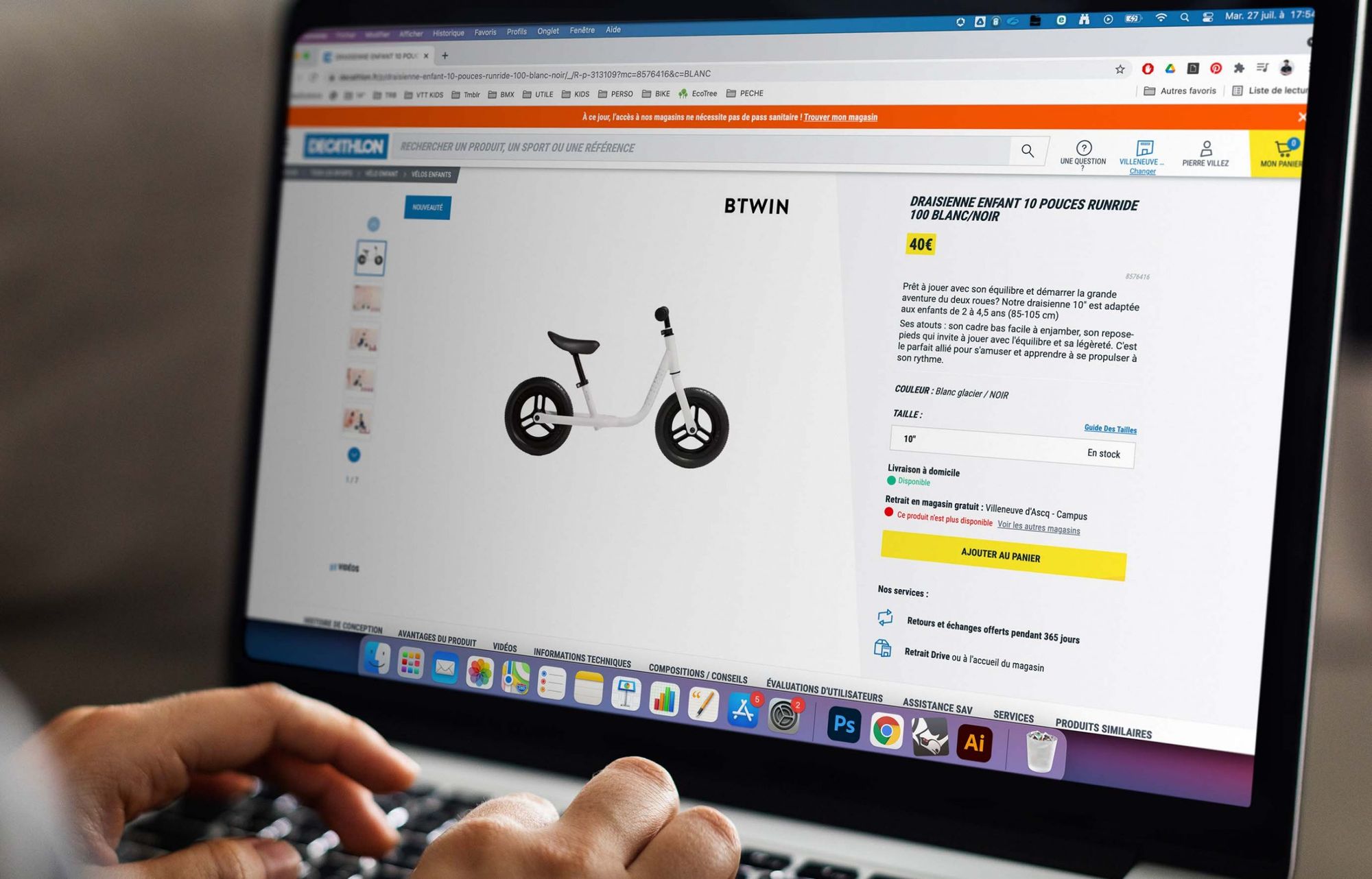
Plush Fox | Kyiv, Ukraine
Lidiya Marinchuk
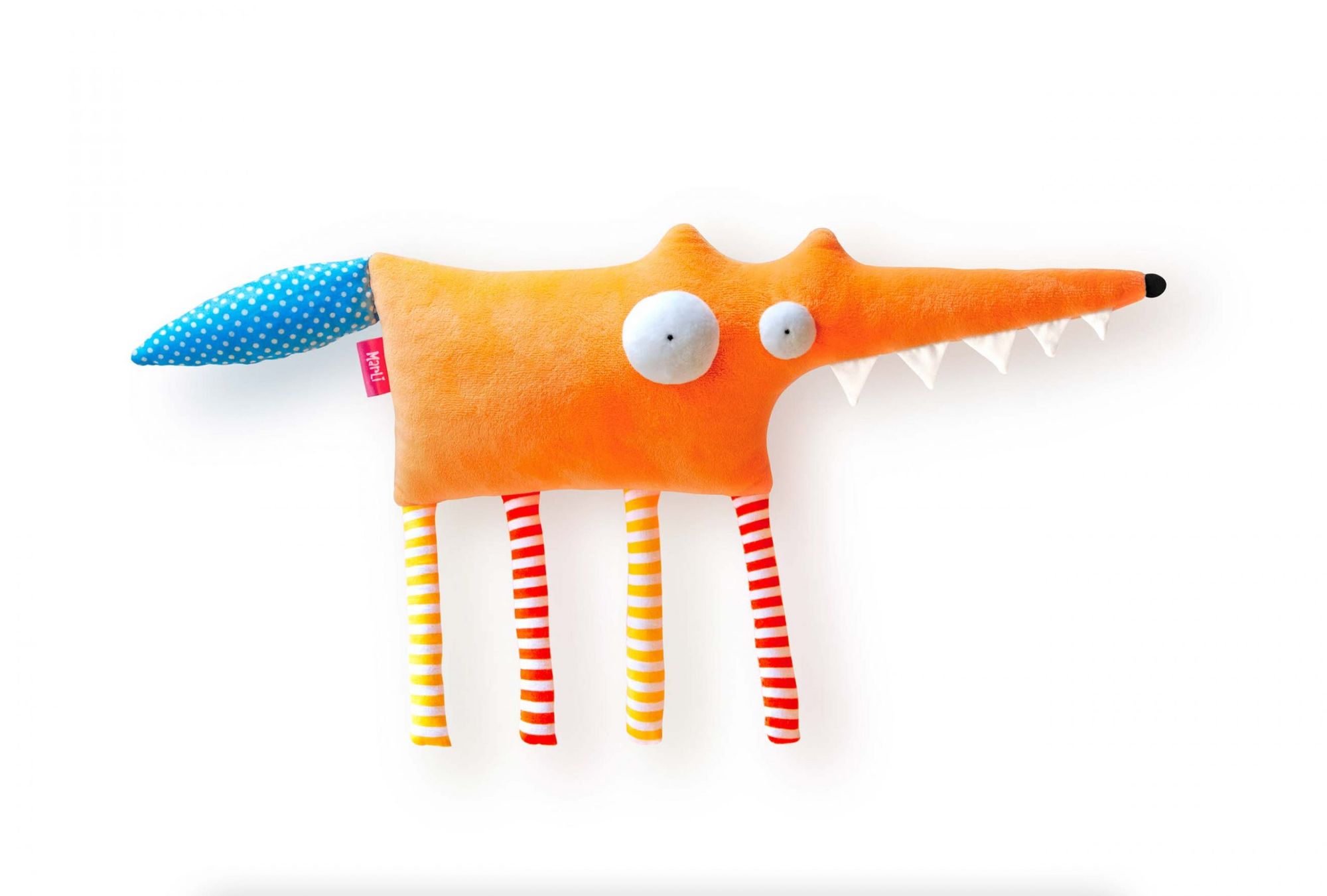
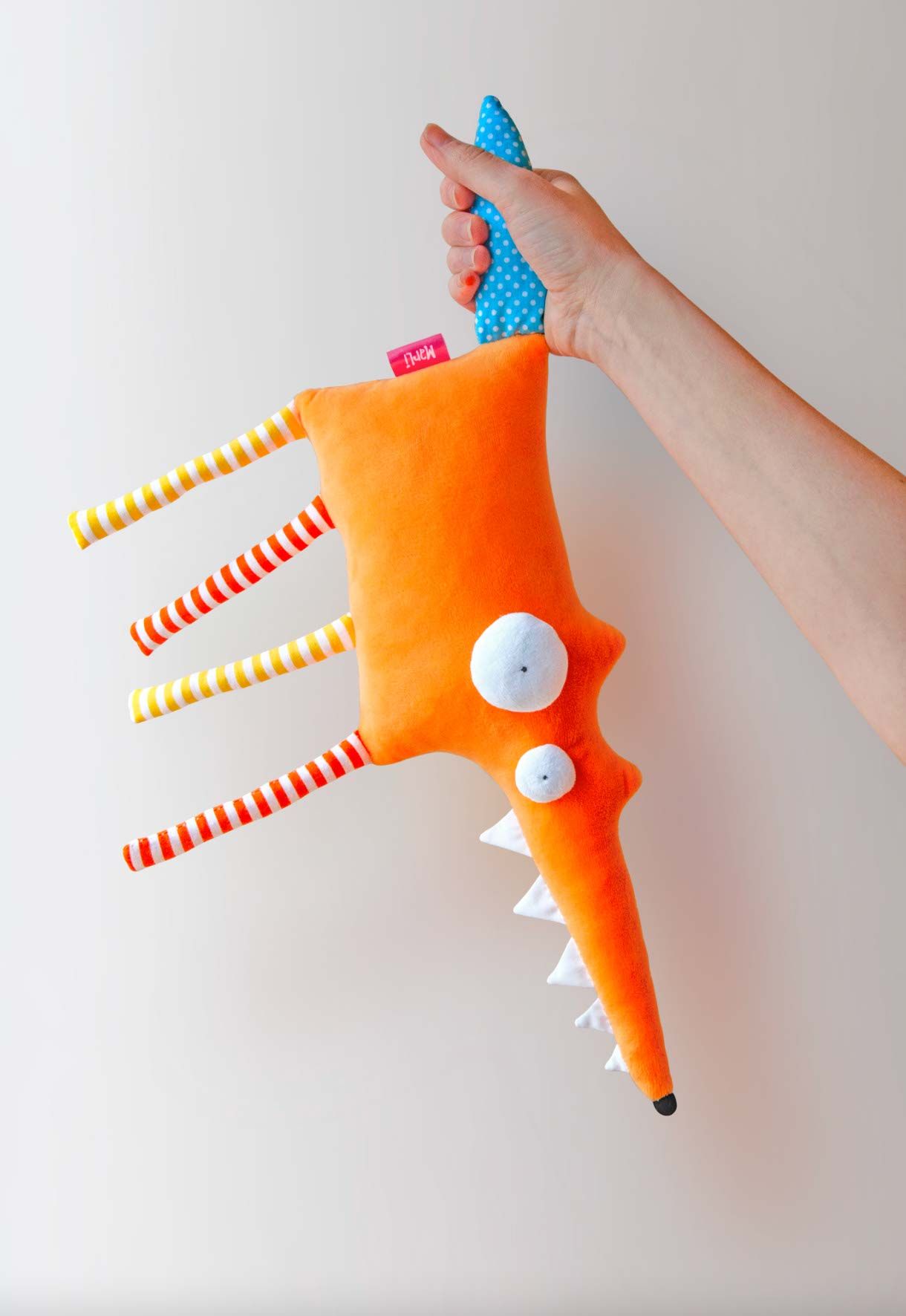
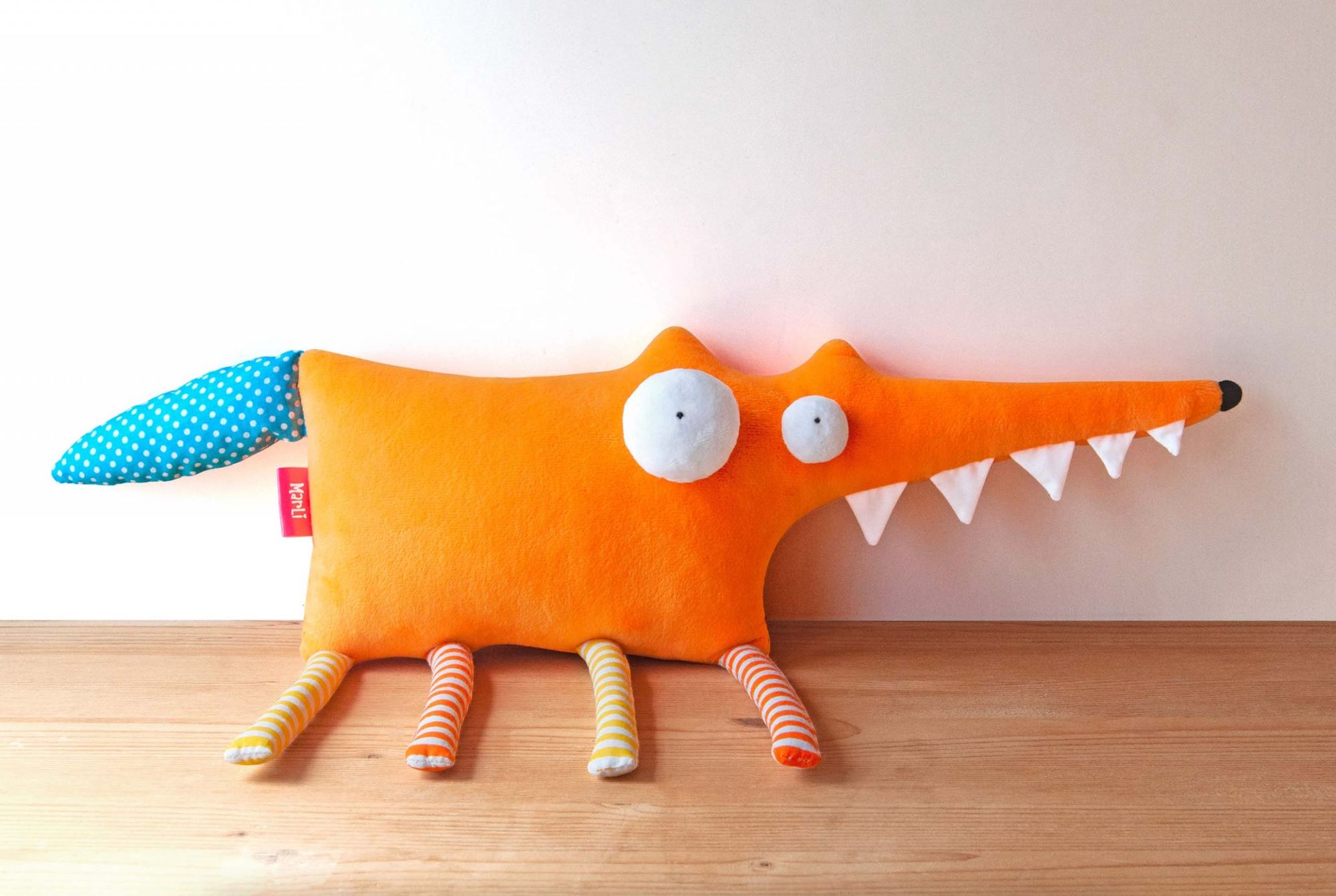

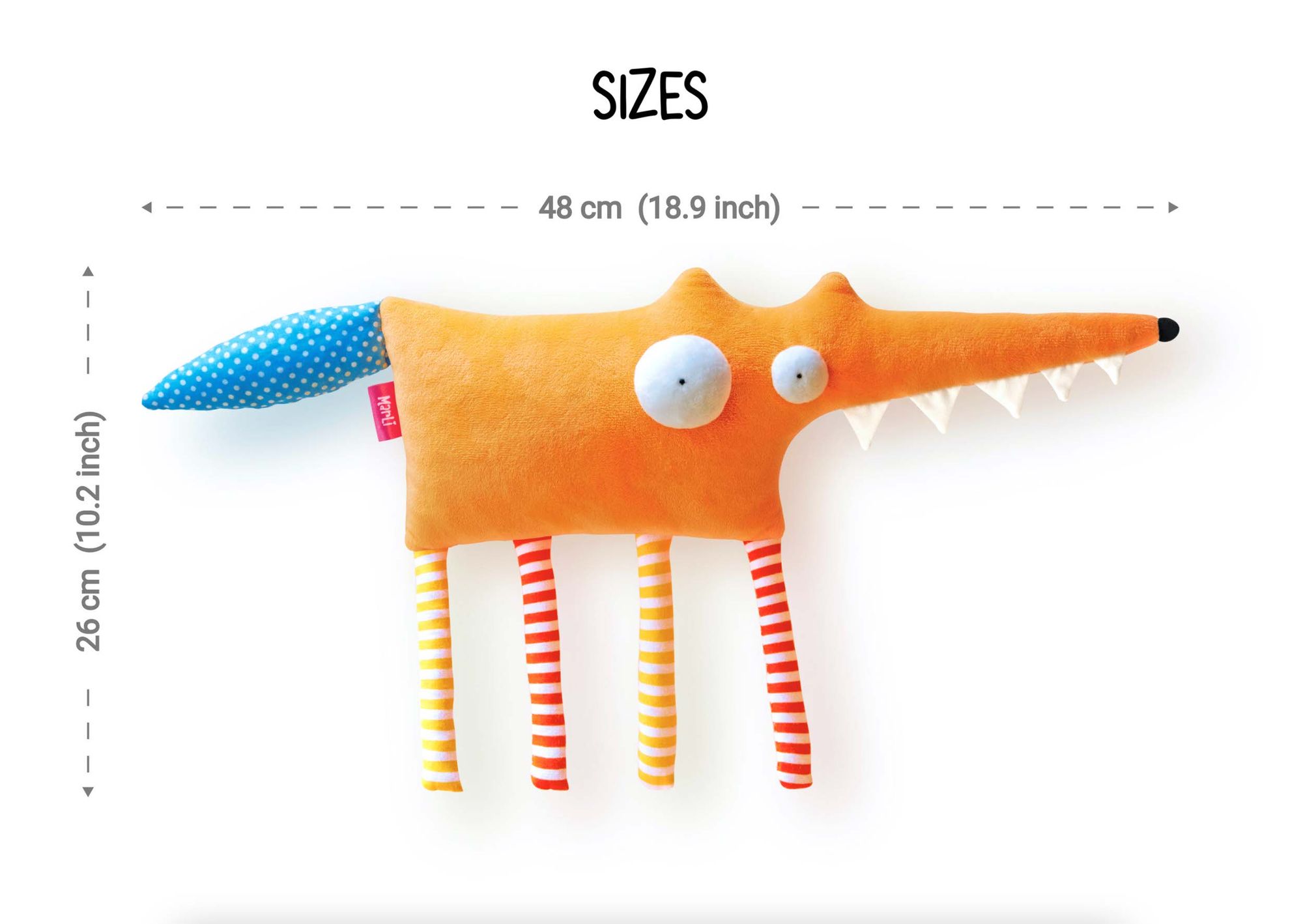
Raduga Grëz — Online store of children’s toys | Minsk, Belarus
Valerie Stepina
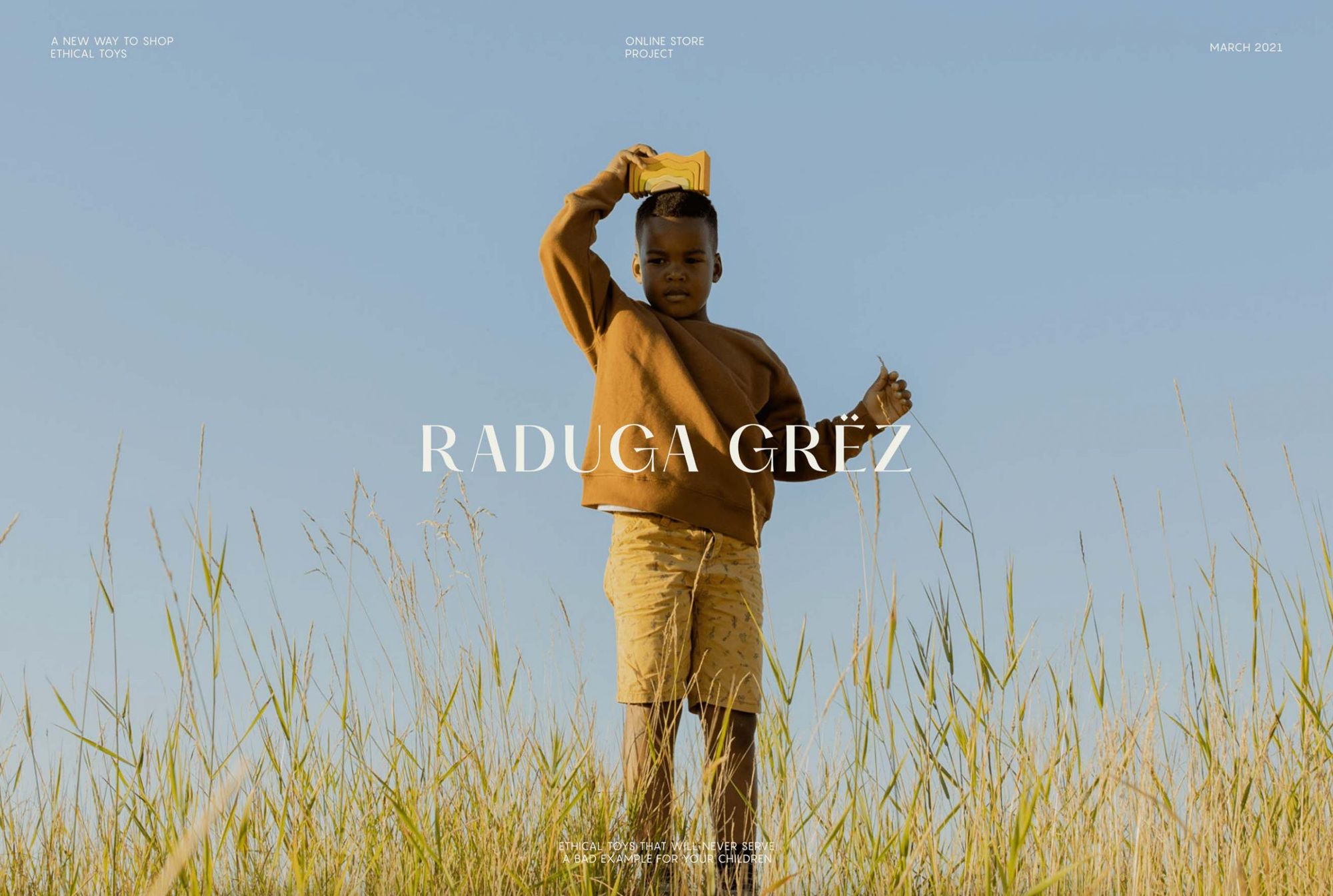
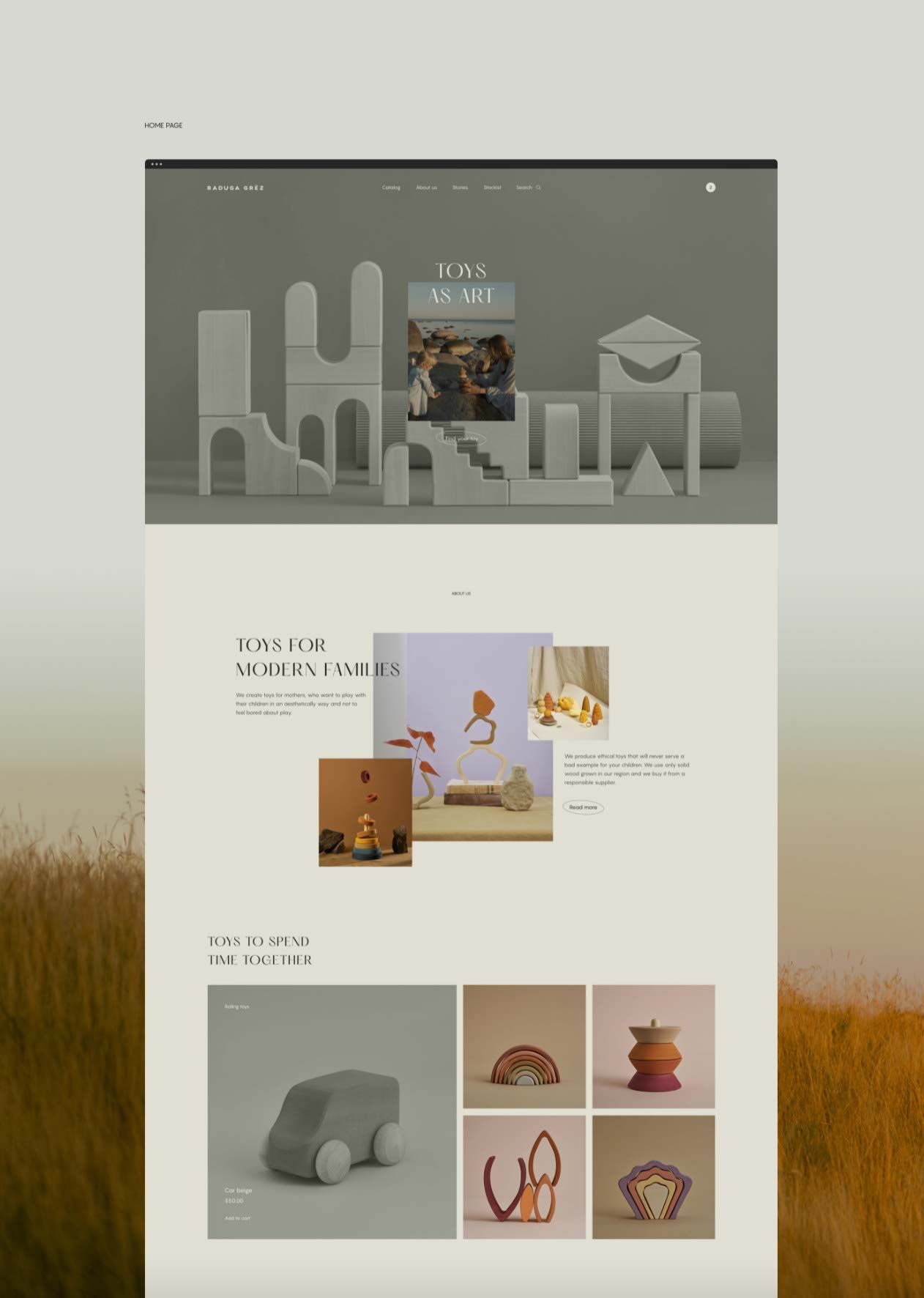
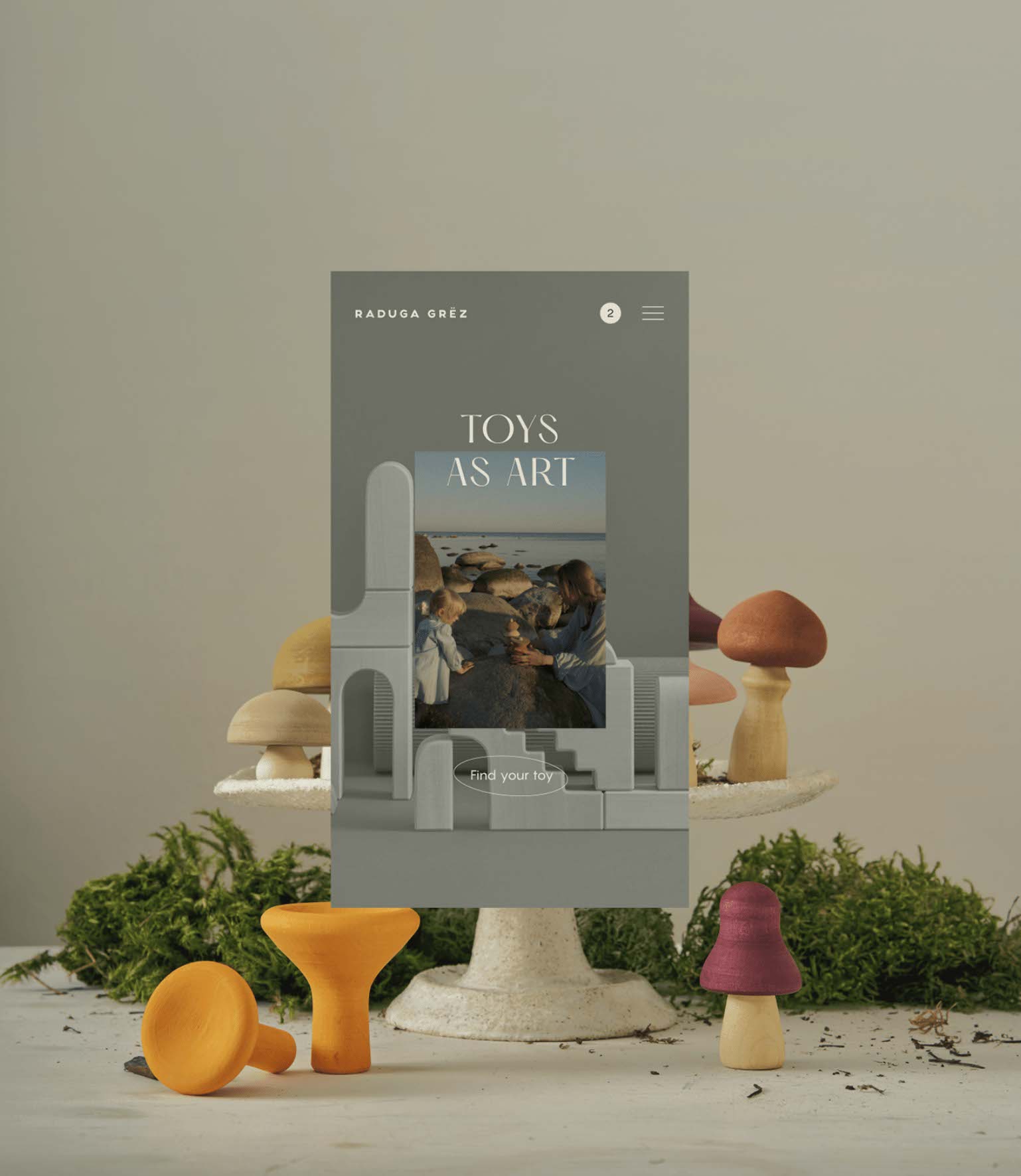
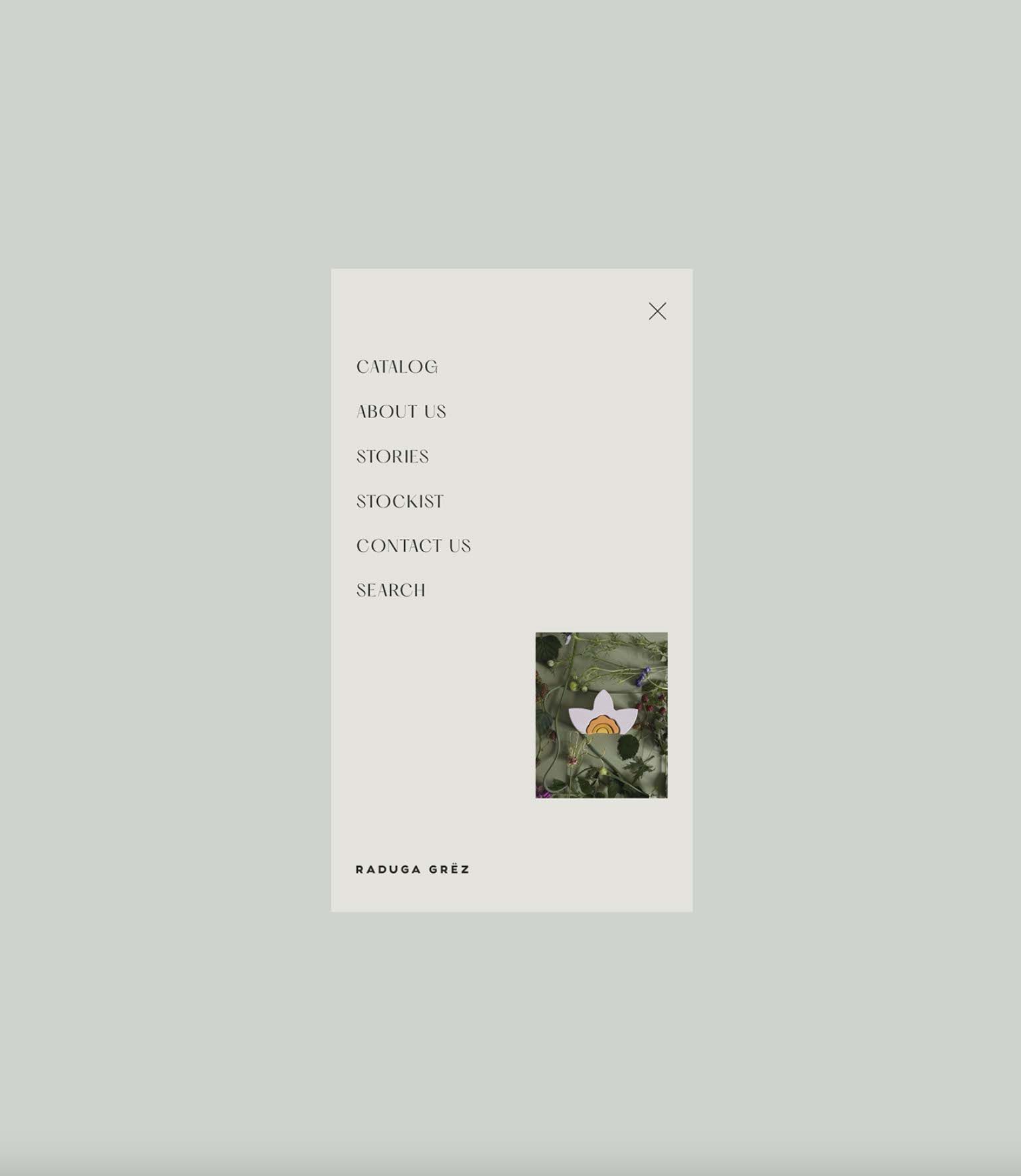
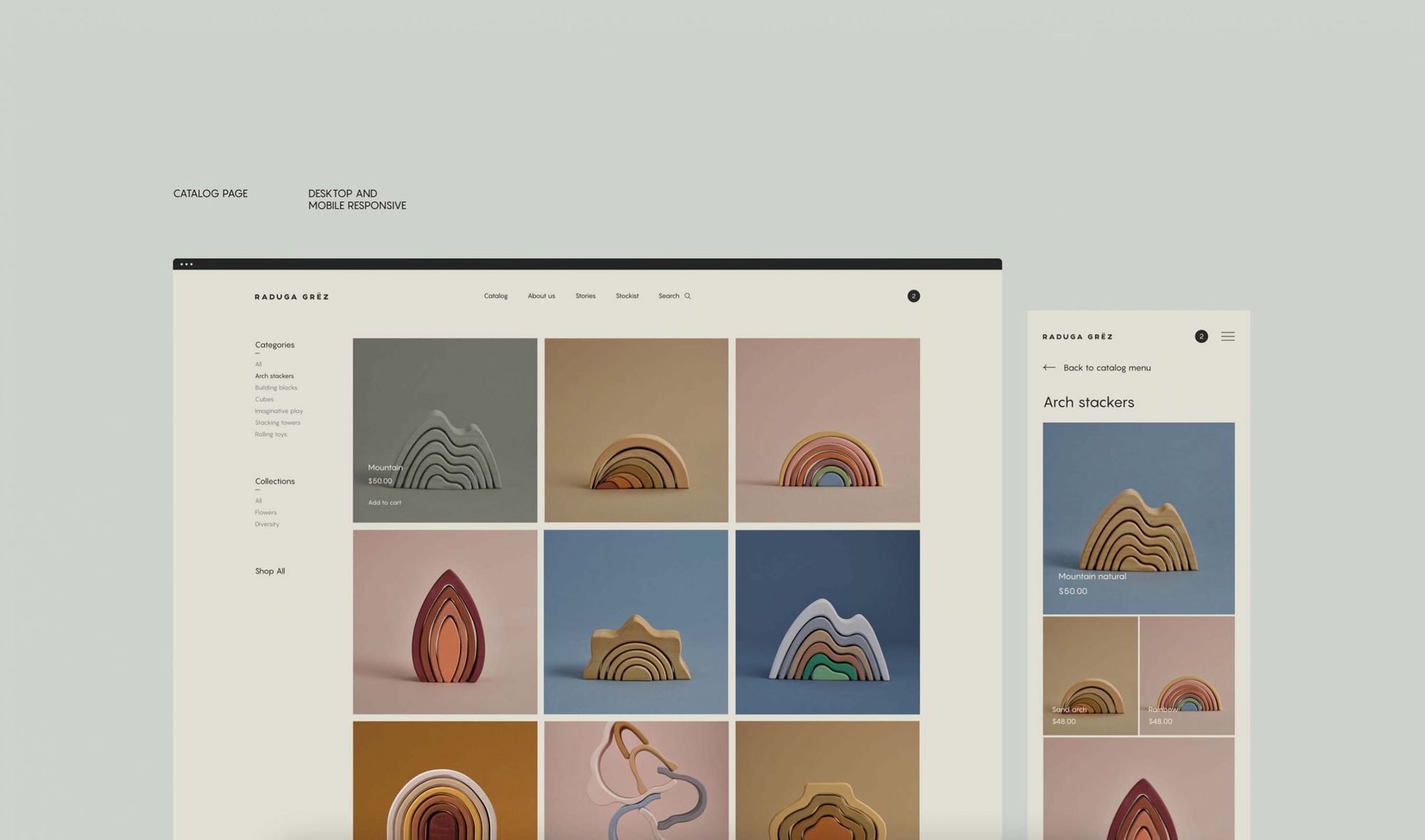


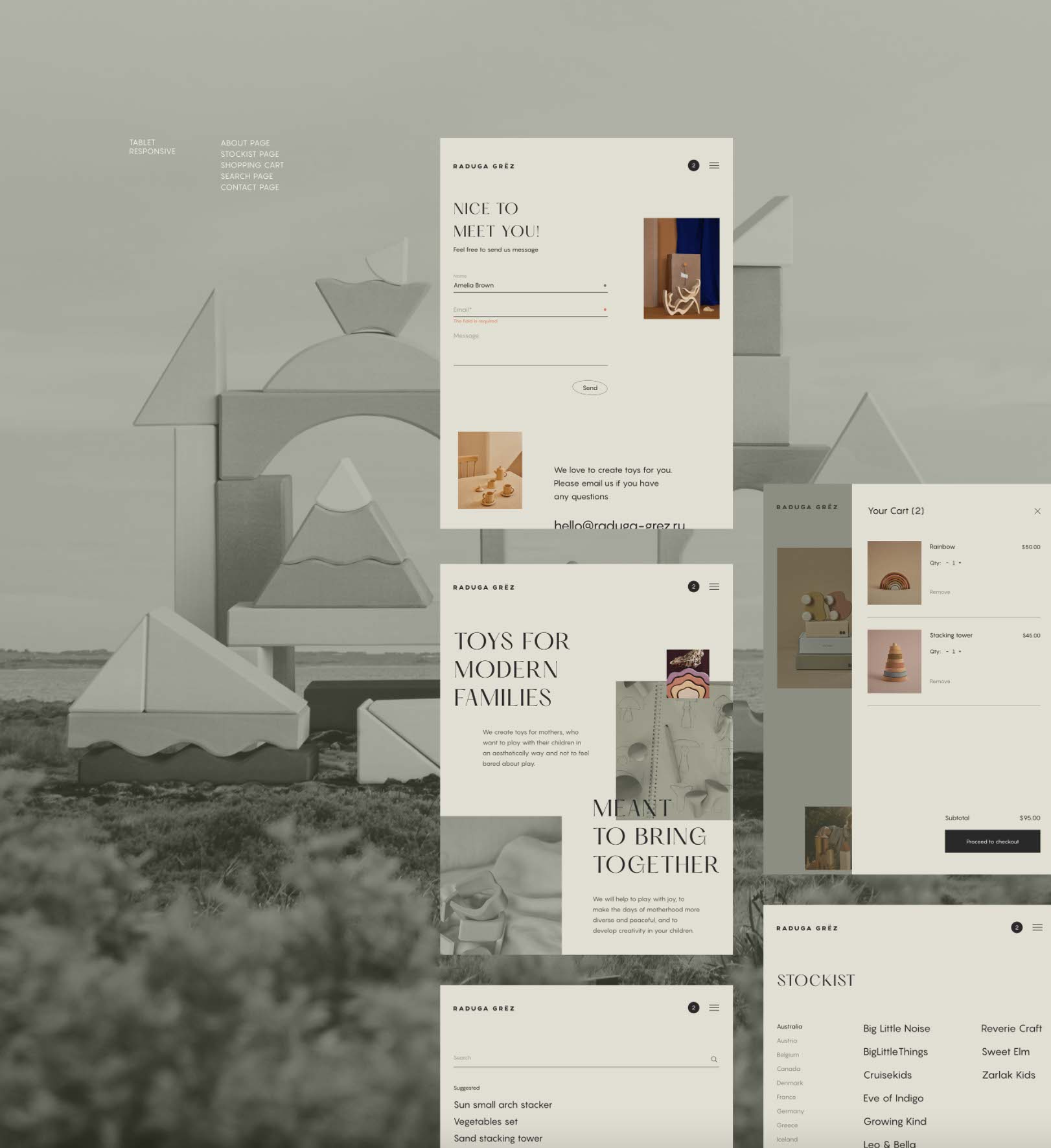
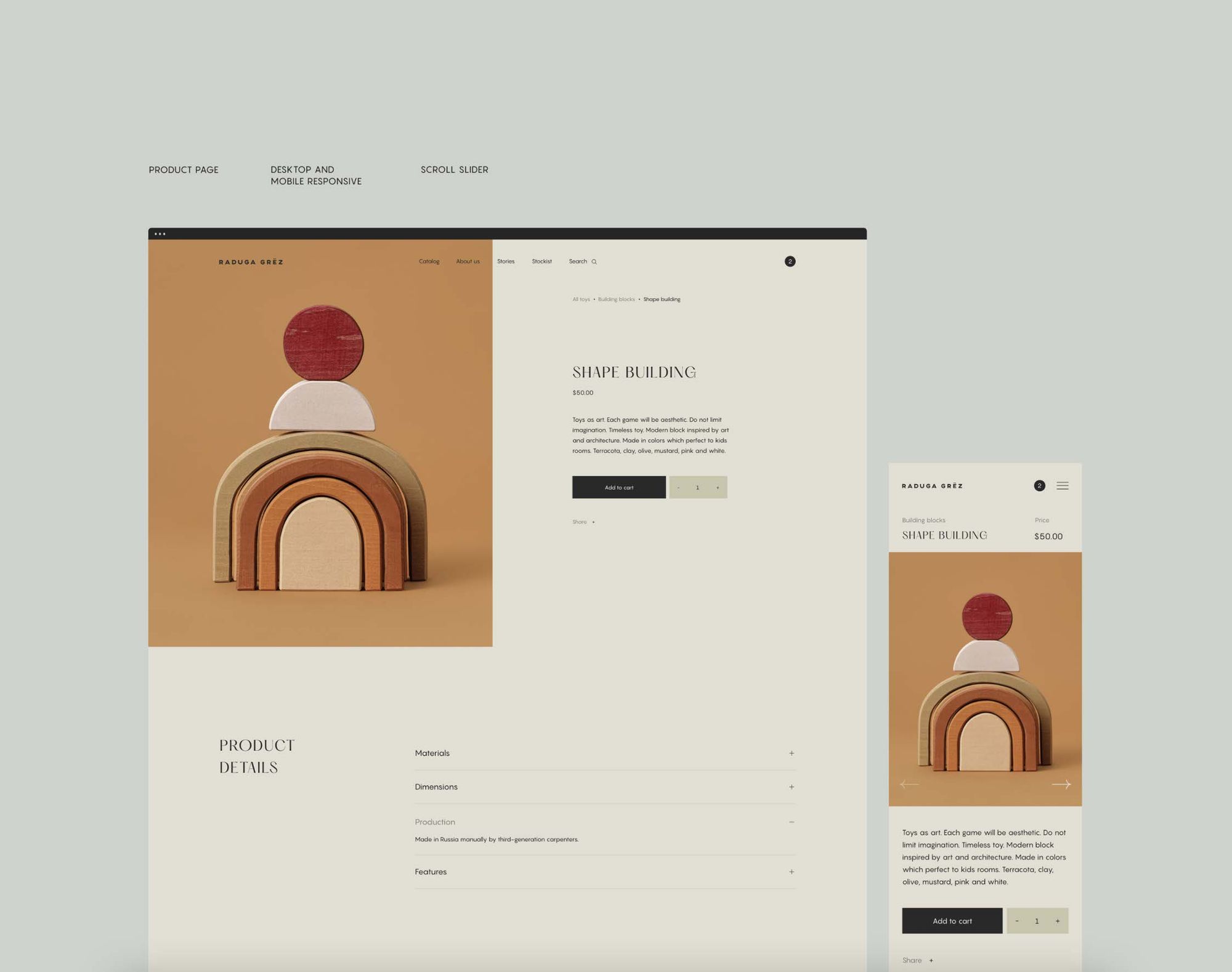
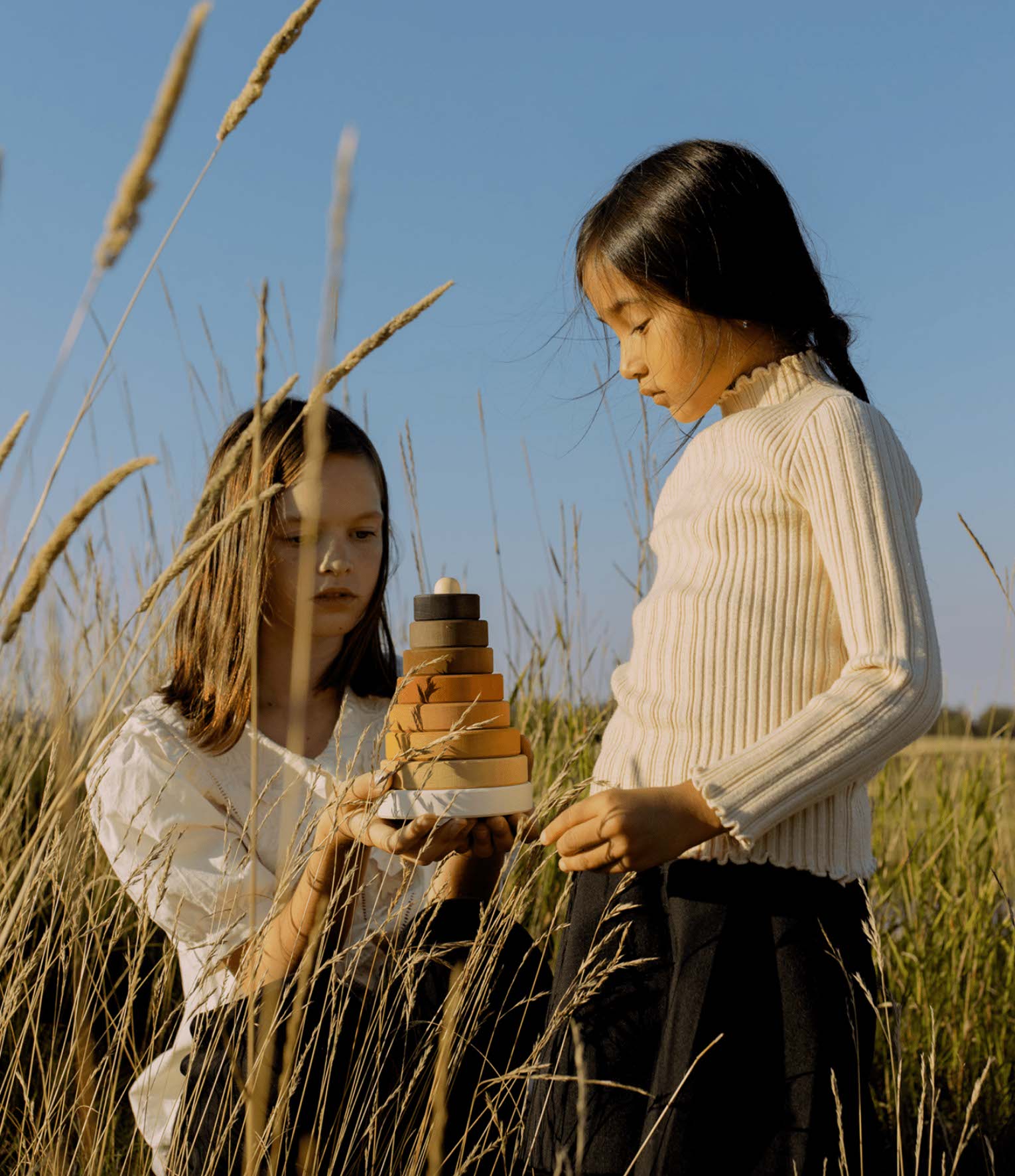
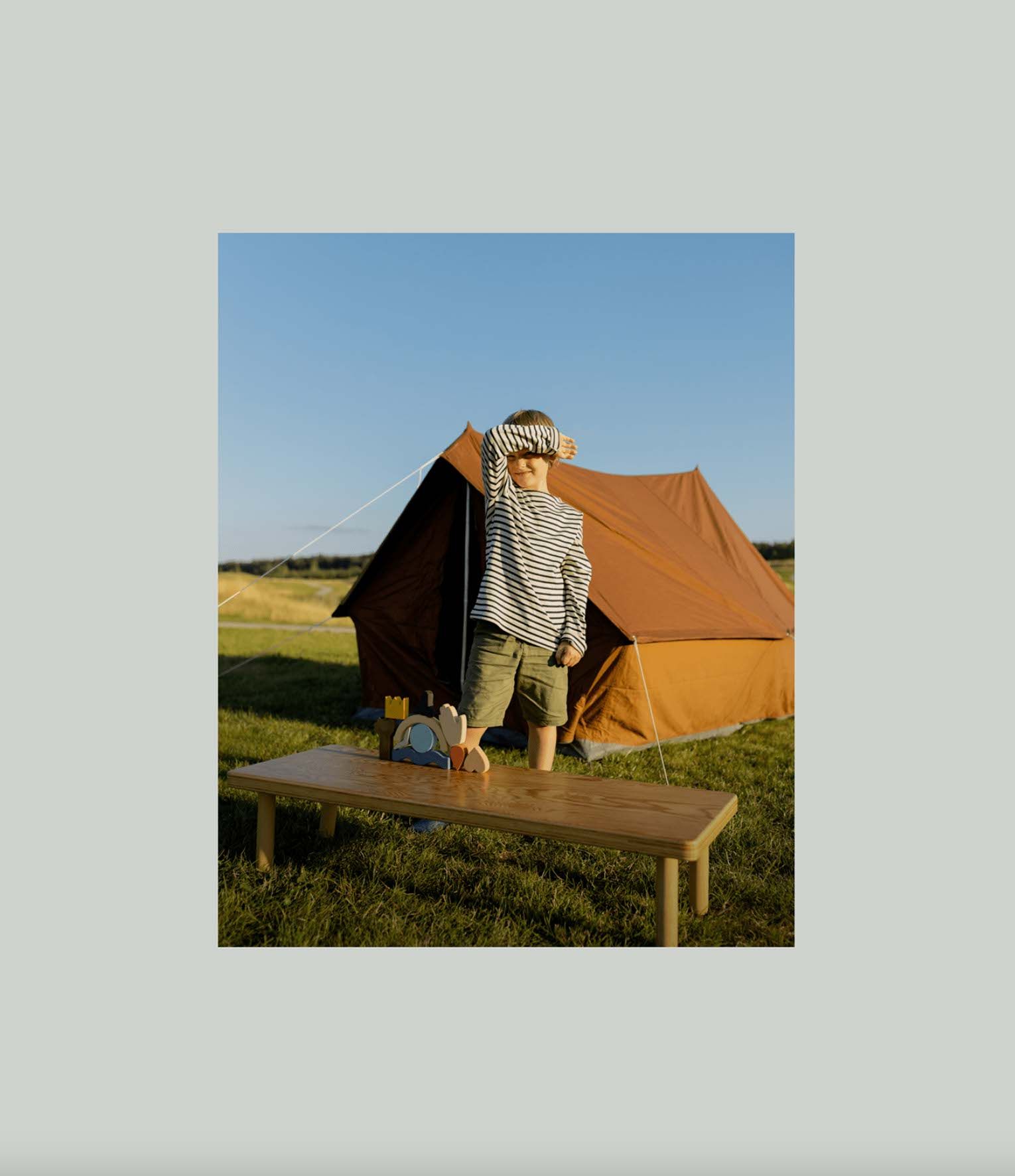
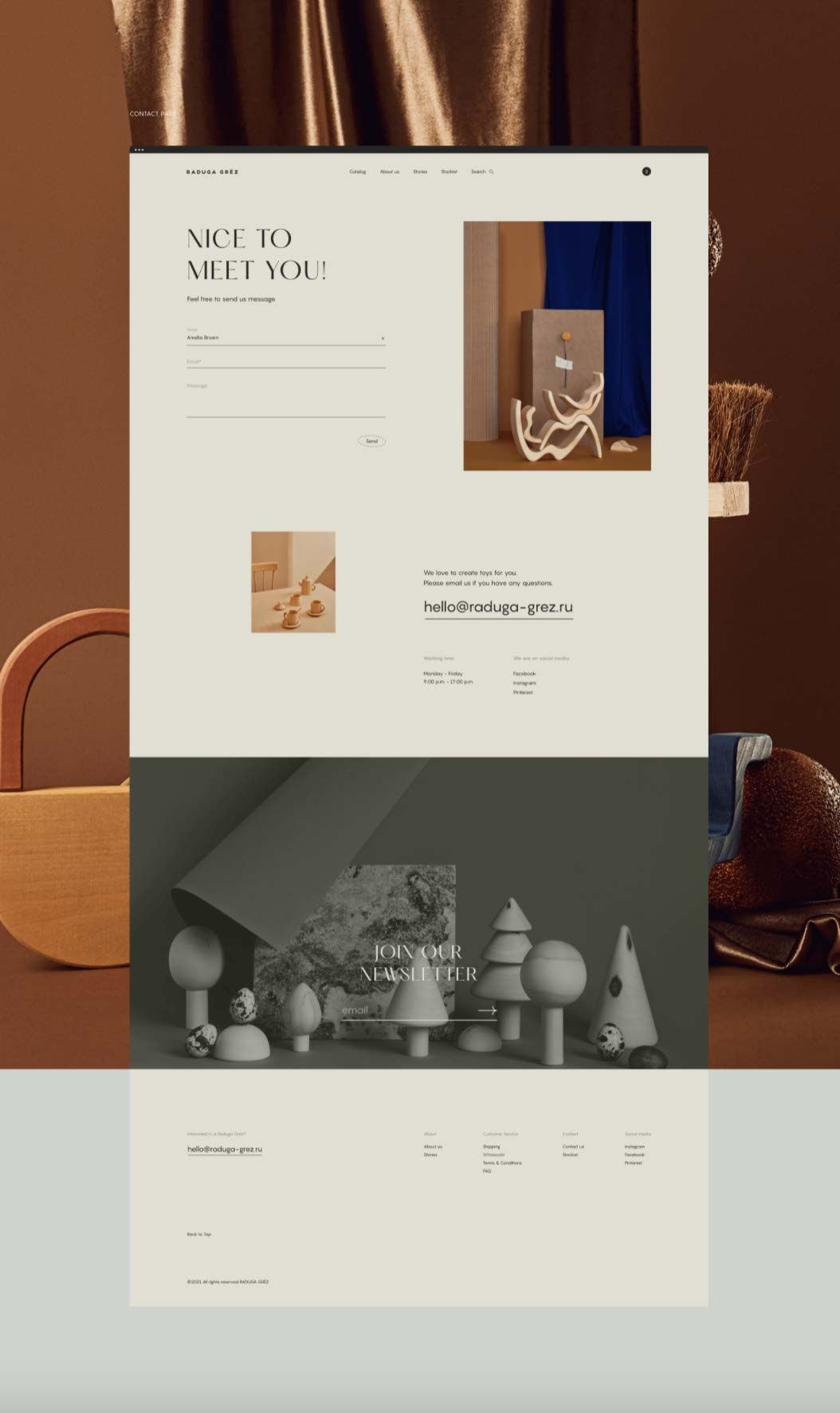
Adventures in Philosophy Book | Dublin, Ireland
Paula McGloin

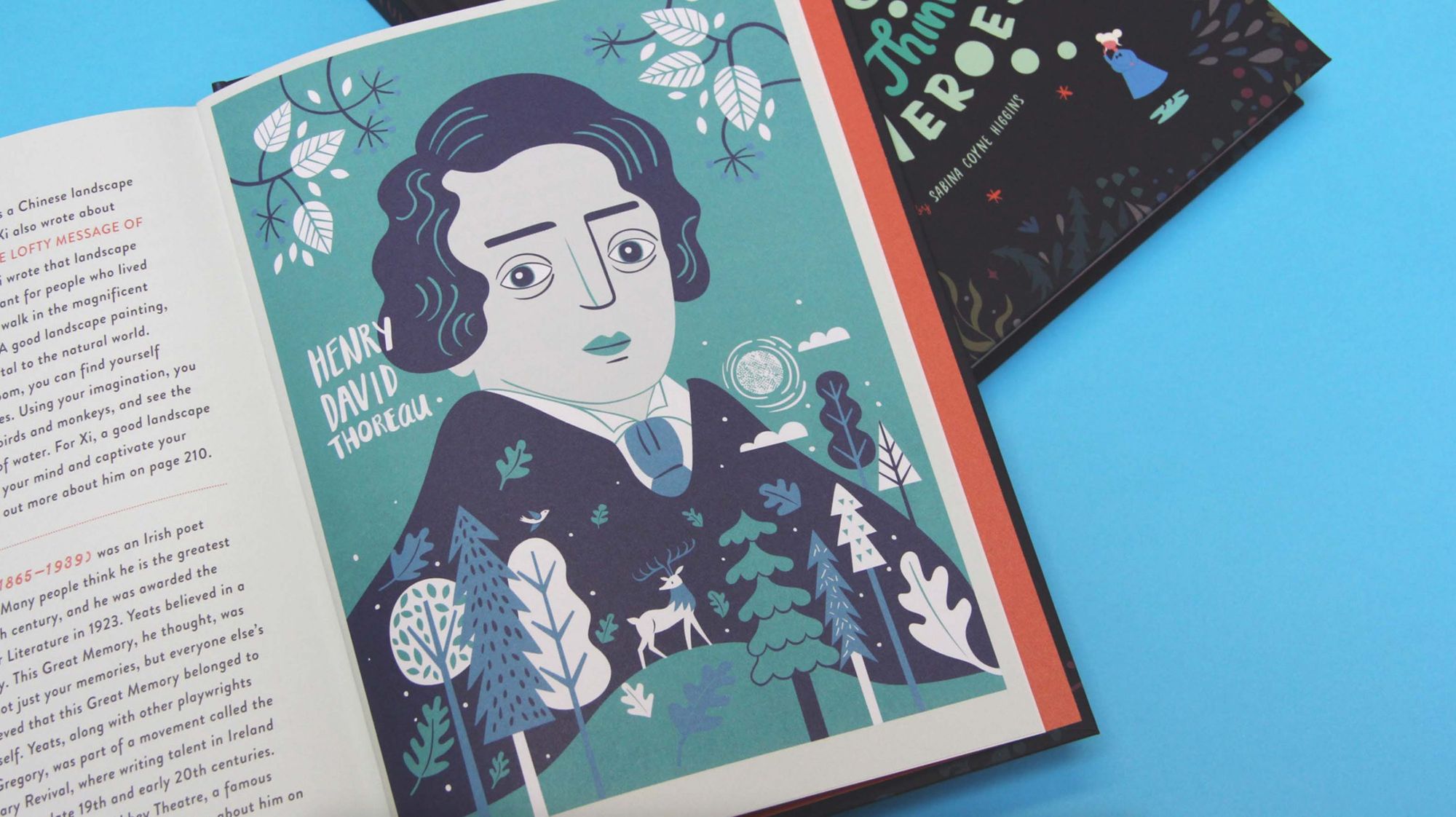
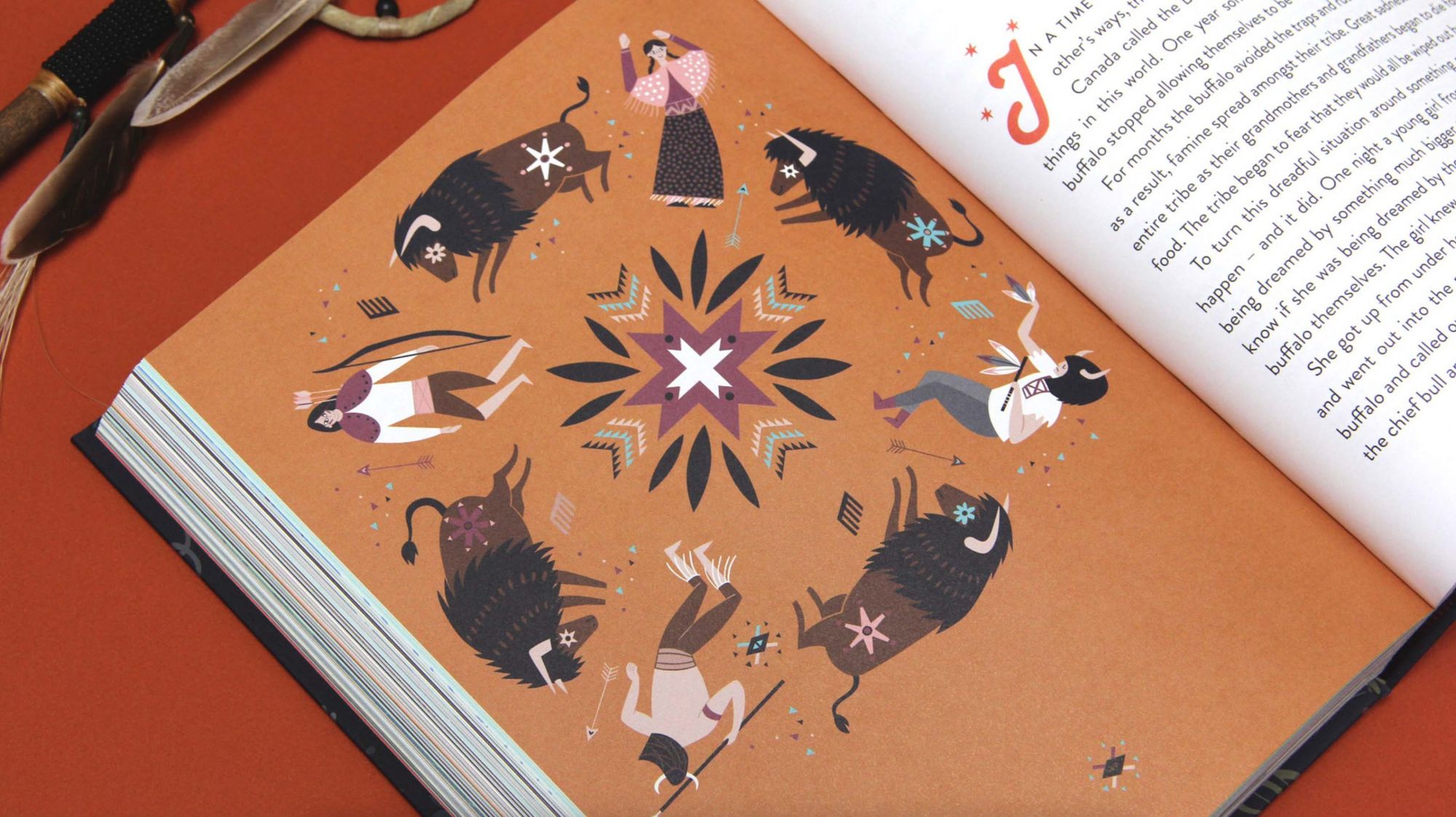
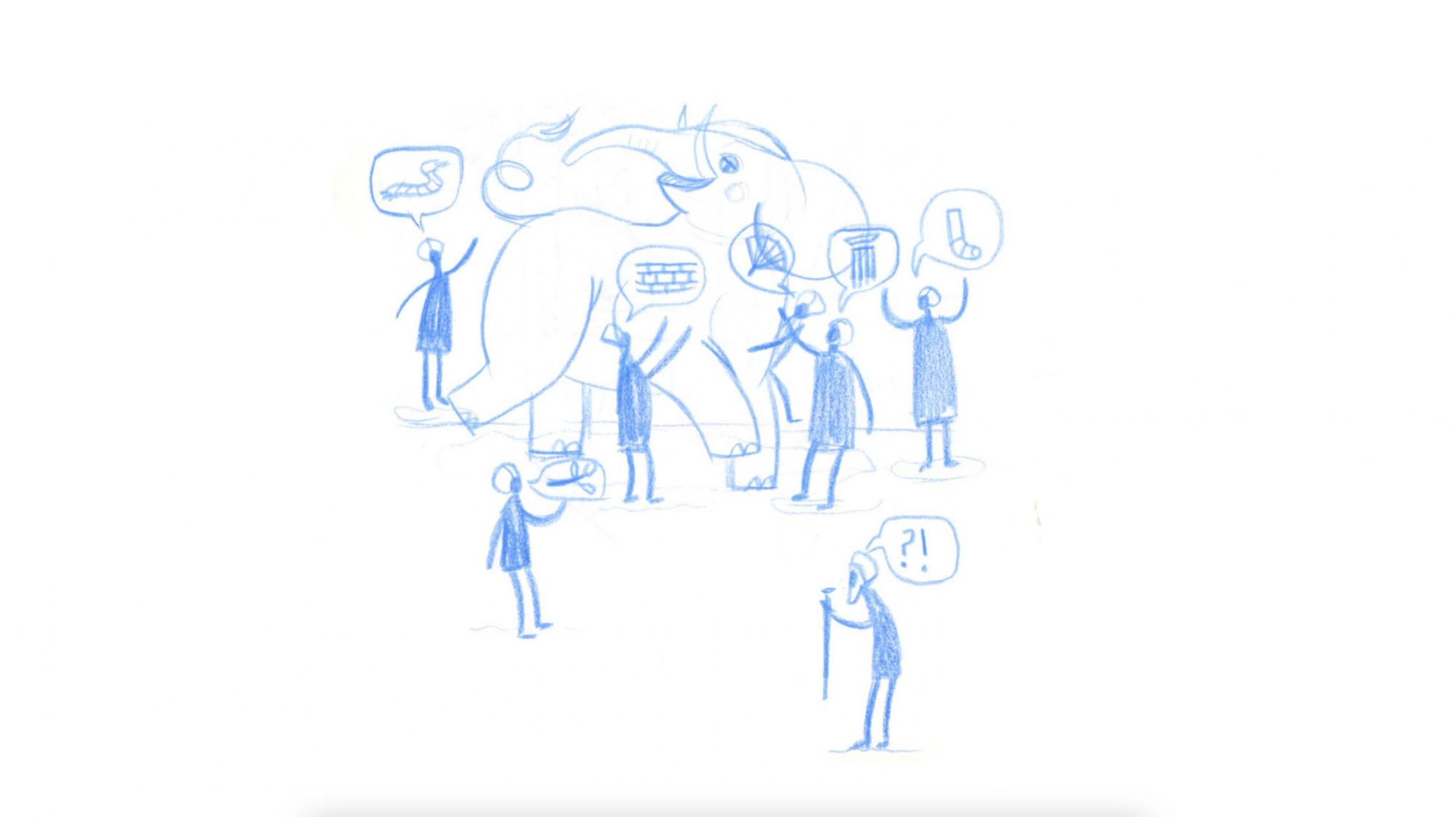
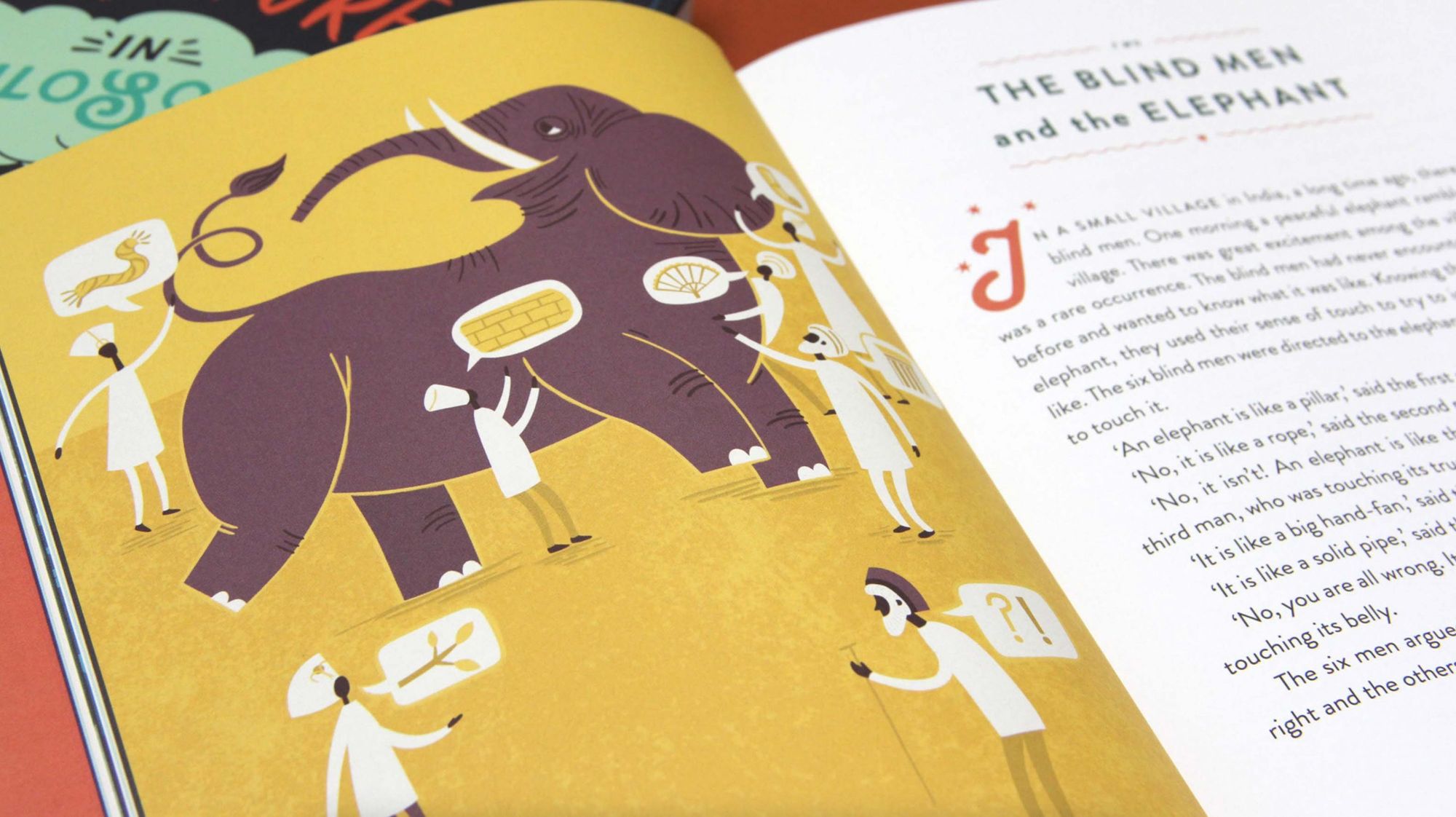
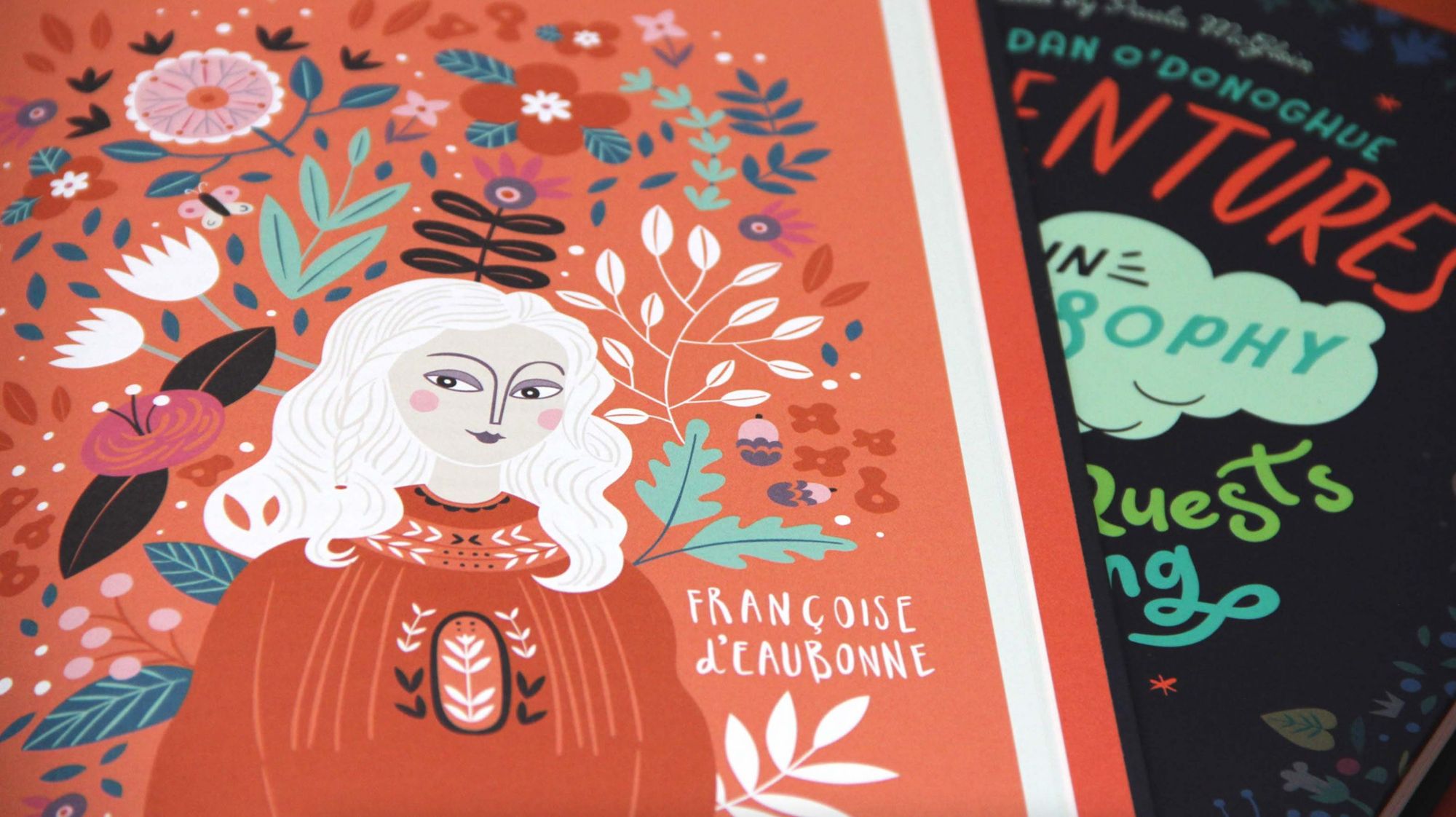
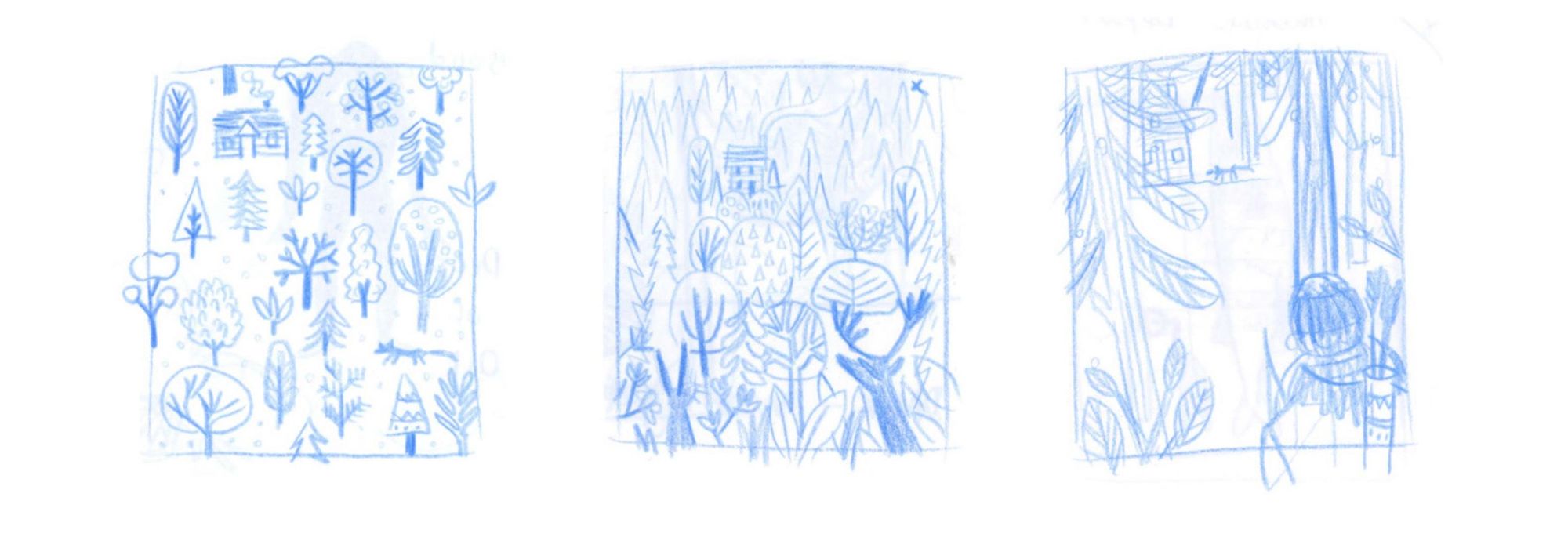
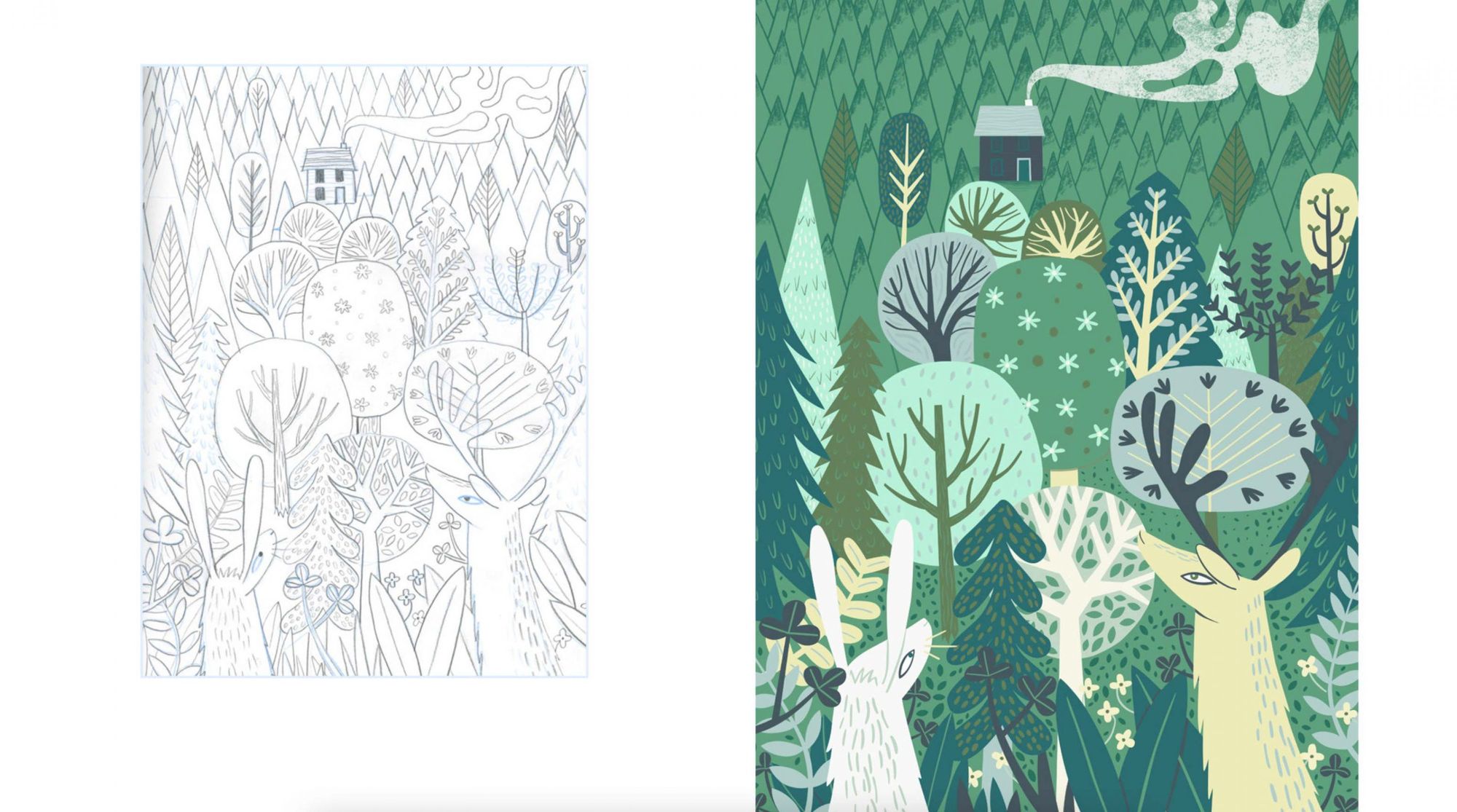
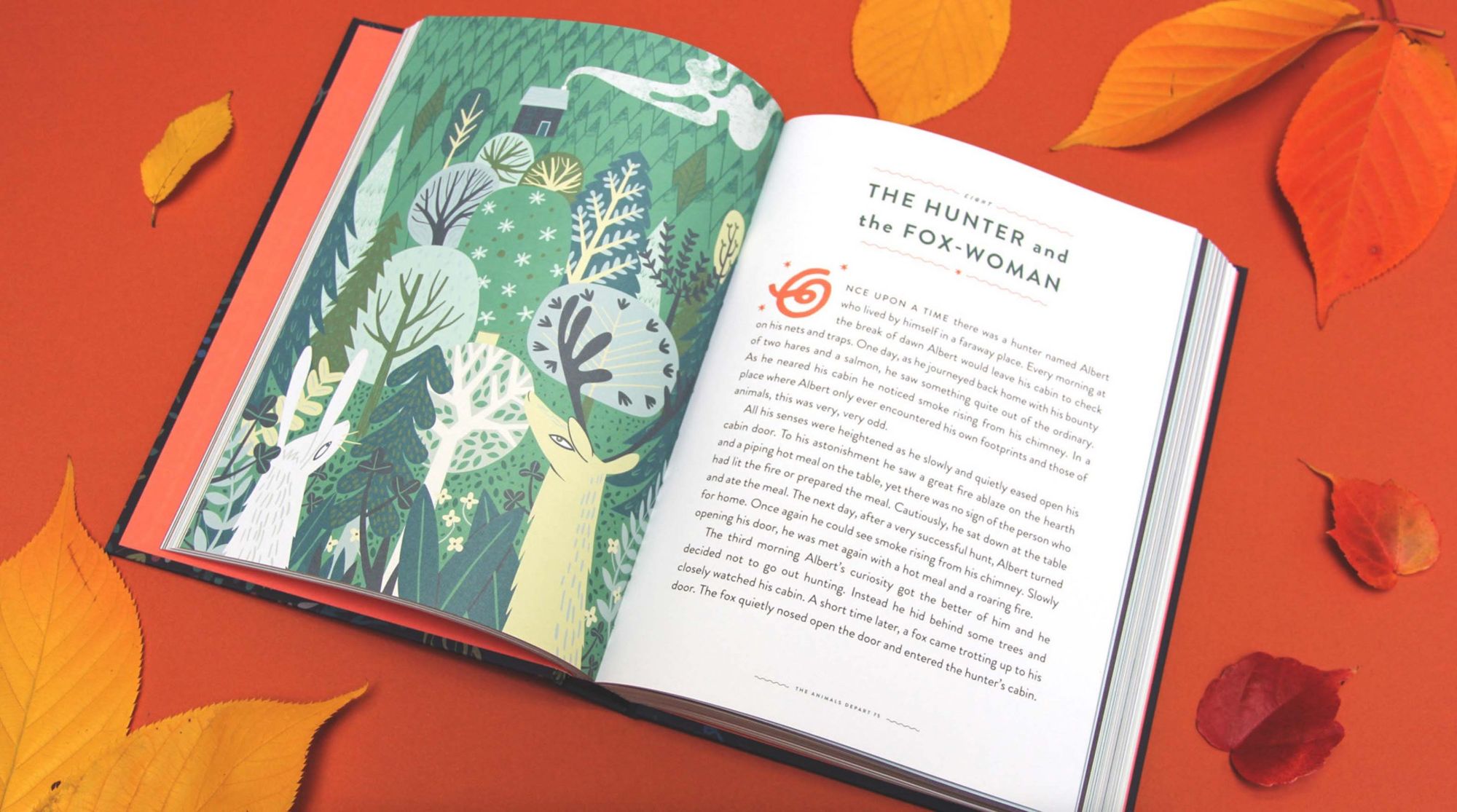


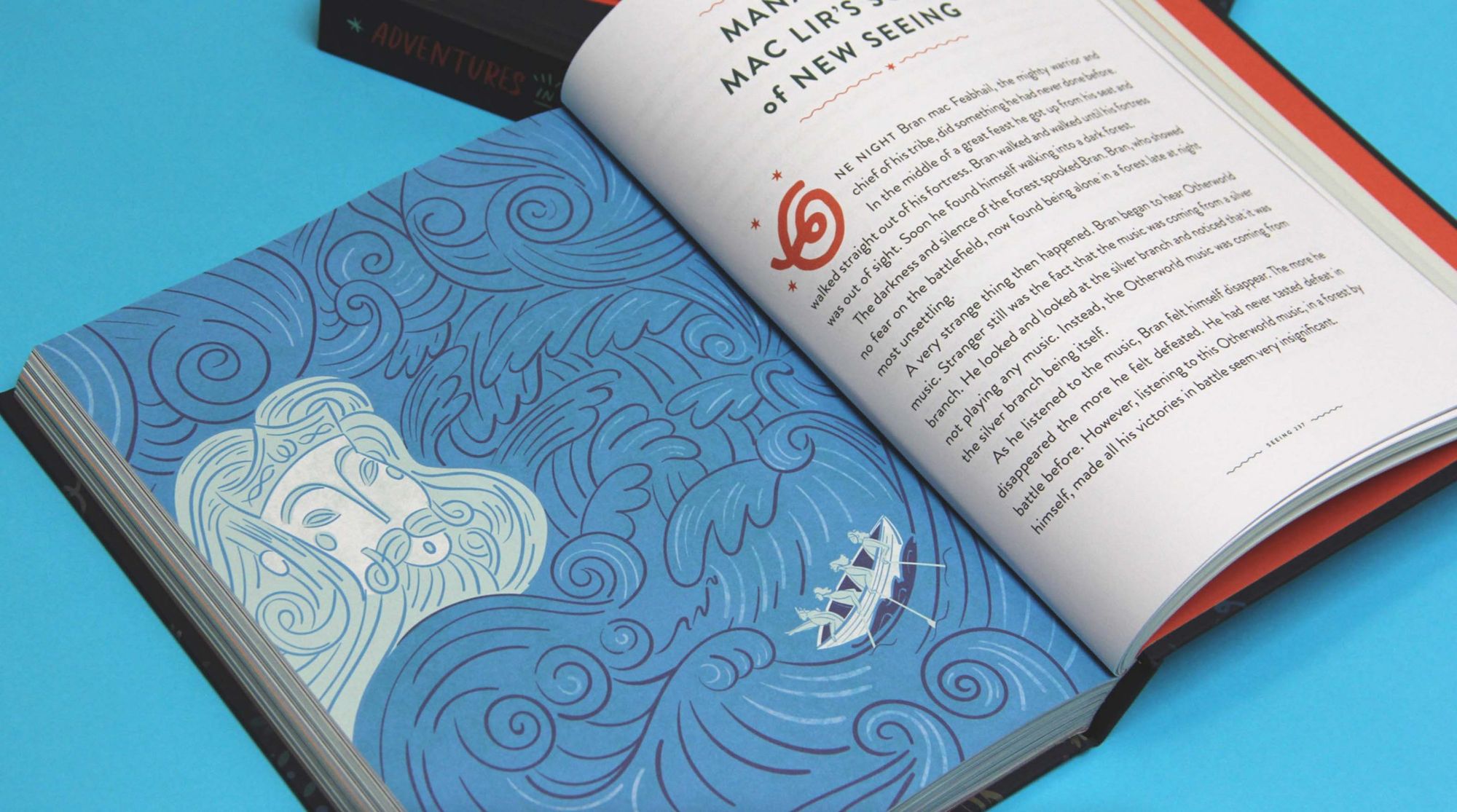
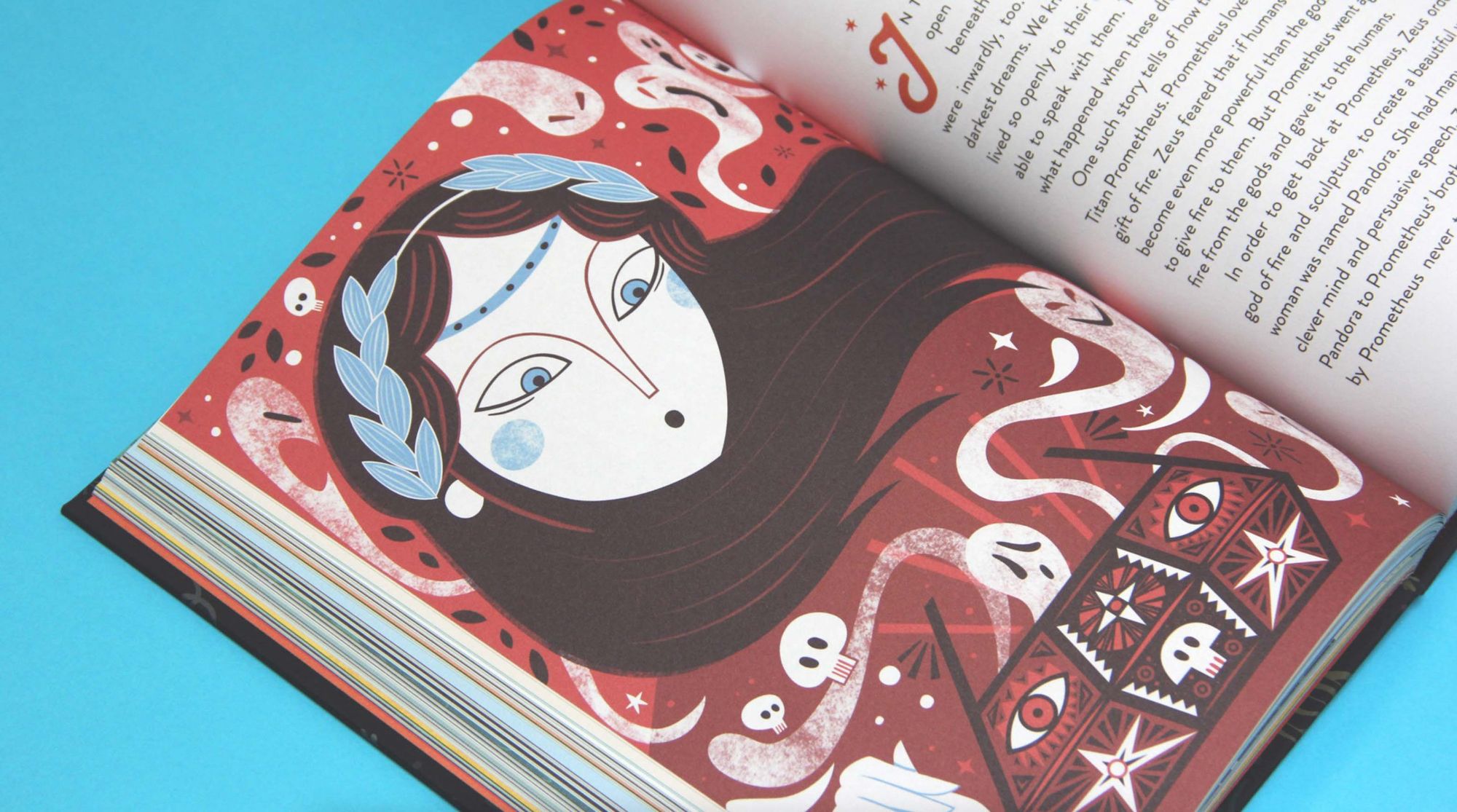
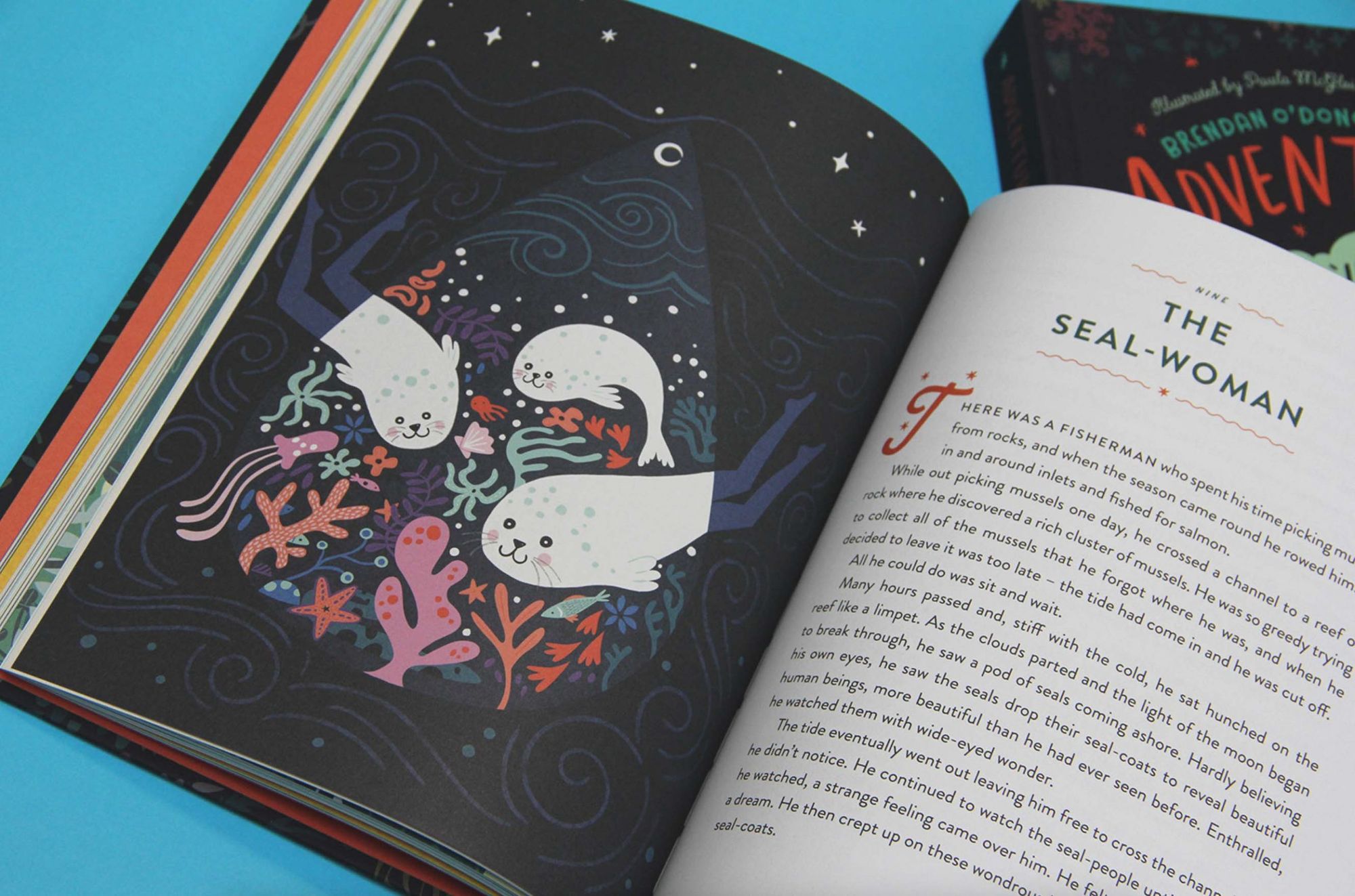
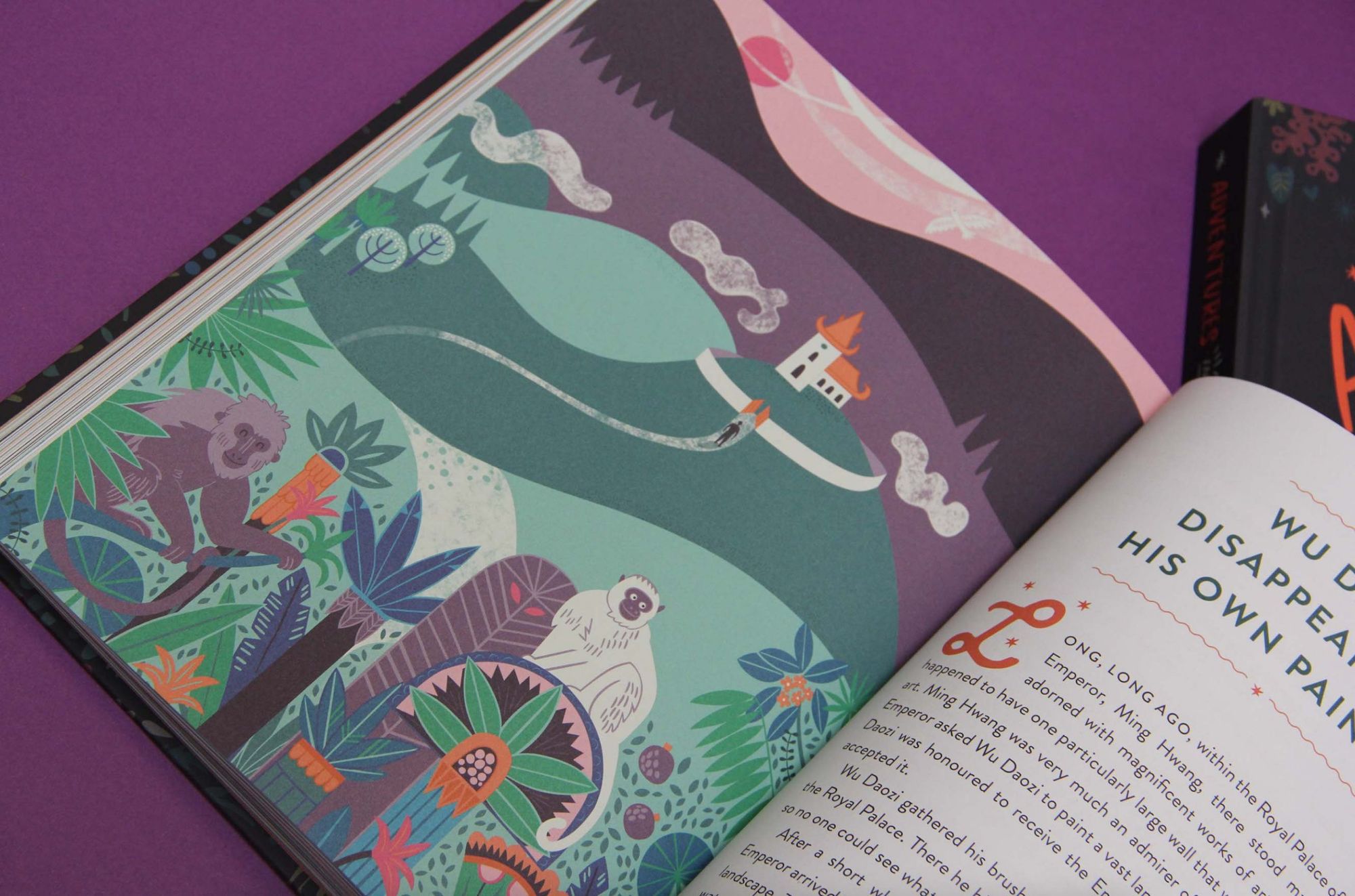
Dino & Me | Moscow, Russia / Durban, South Africa
Ksenya Ippolitova
Dmitriy Saveliev
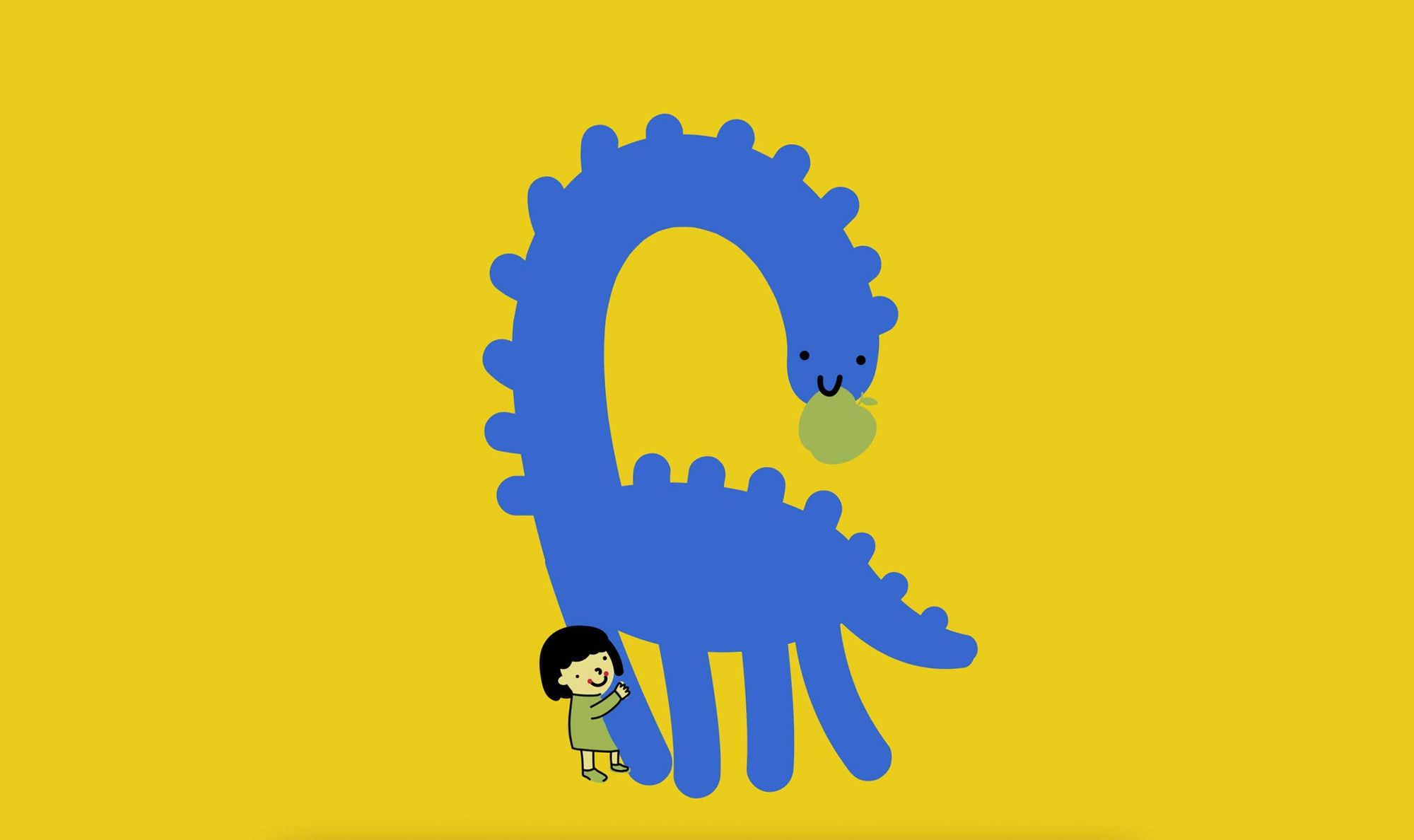
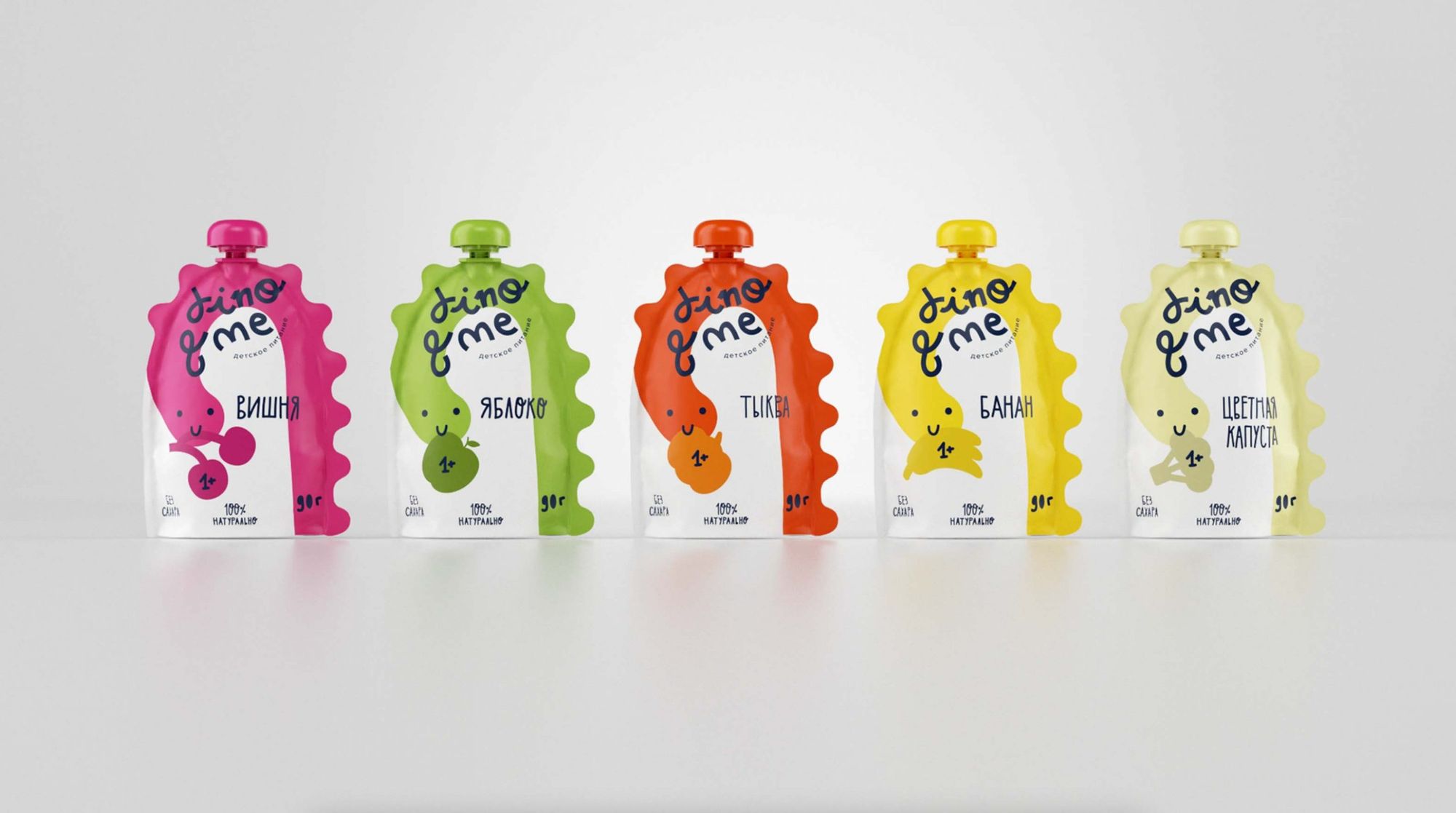
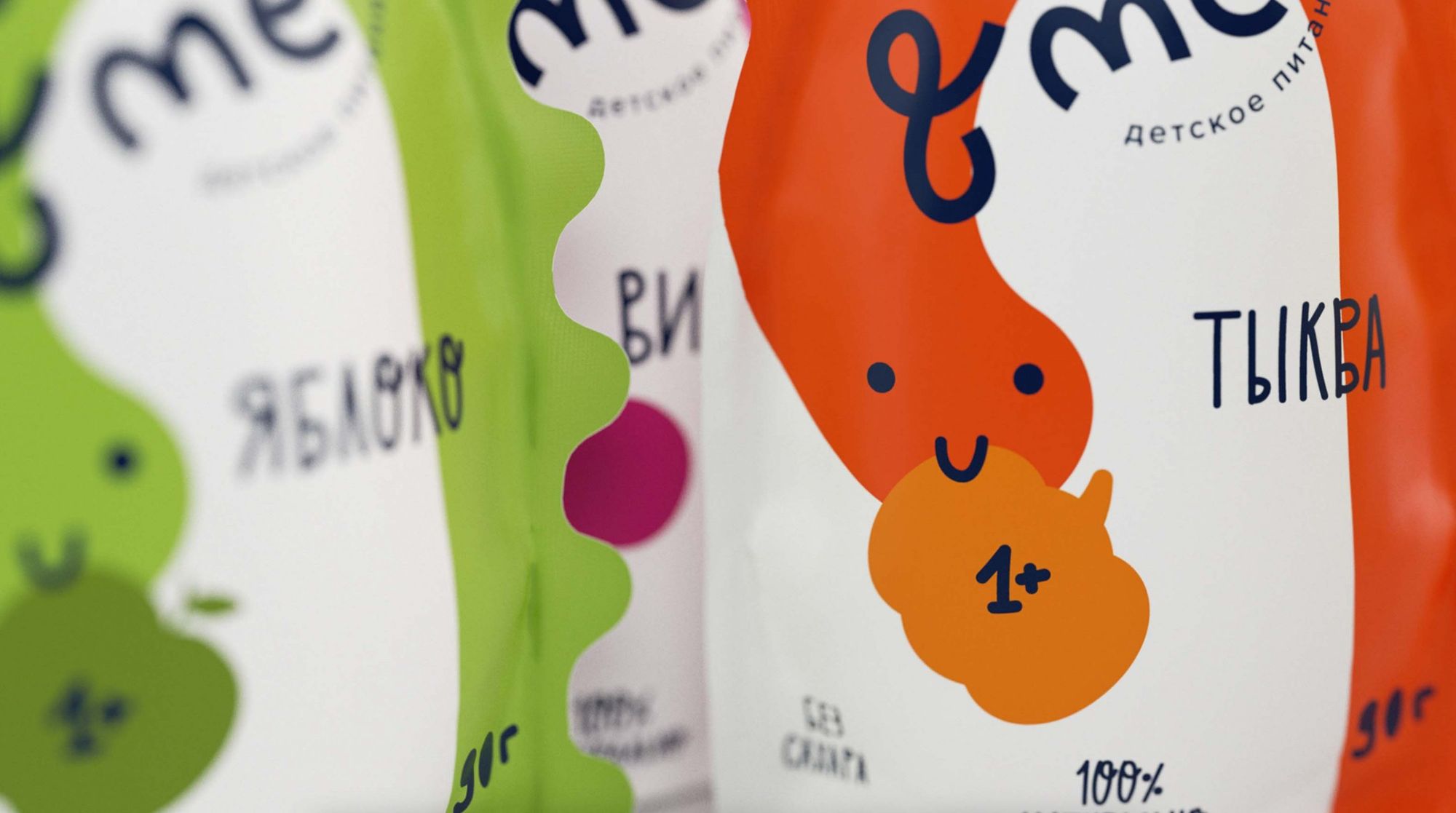


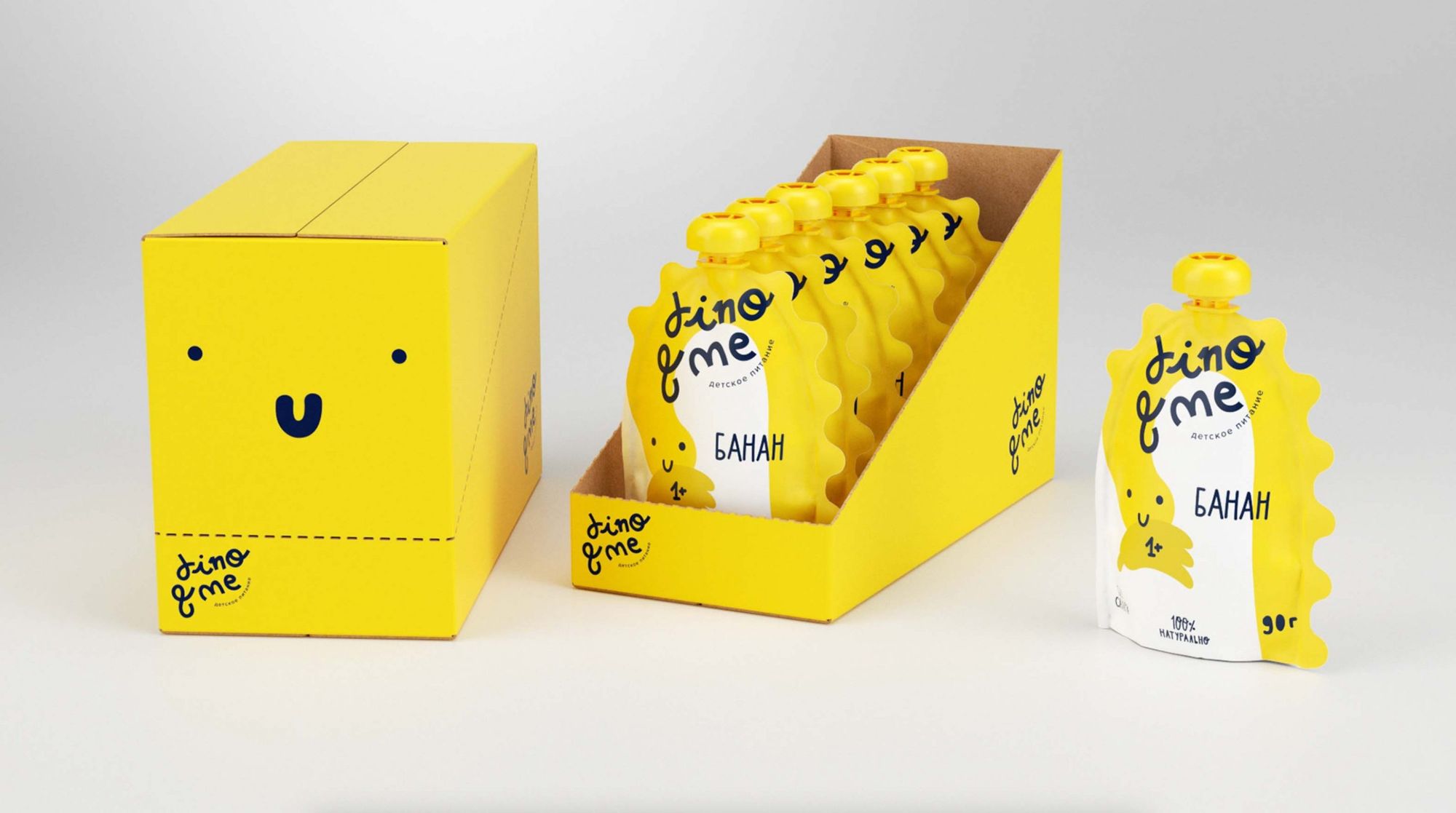
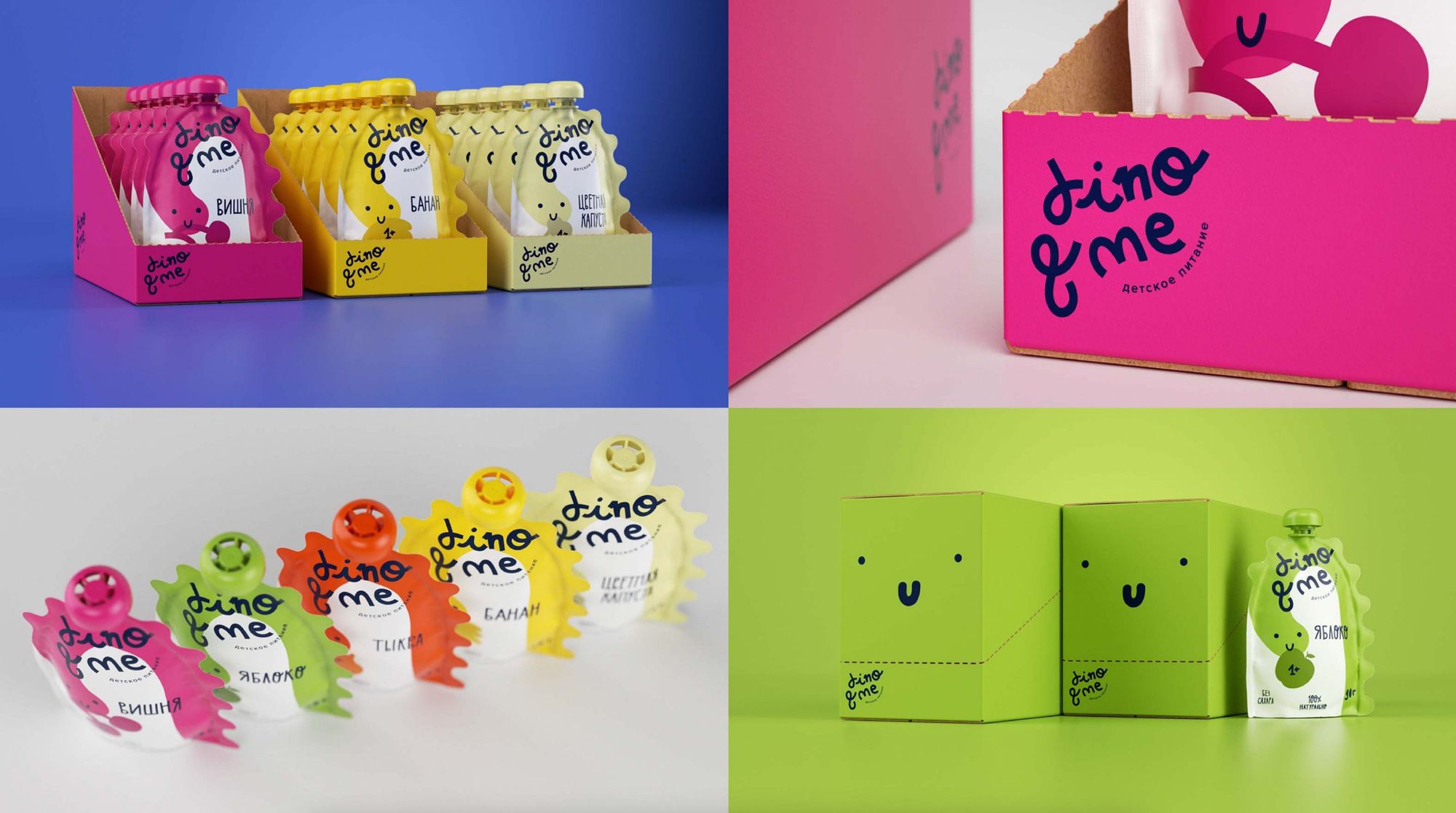
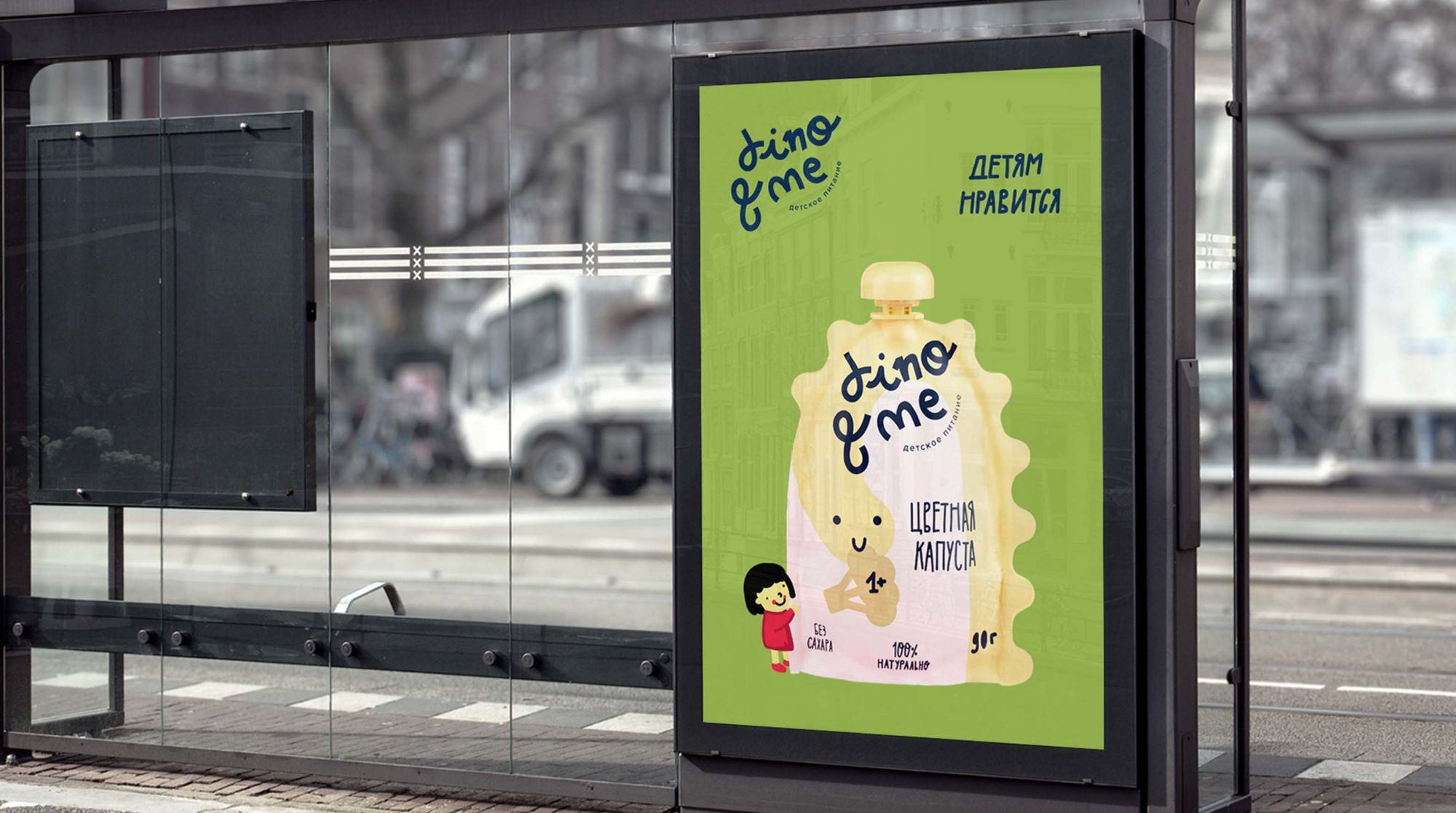

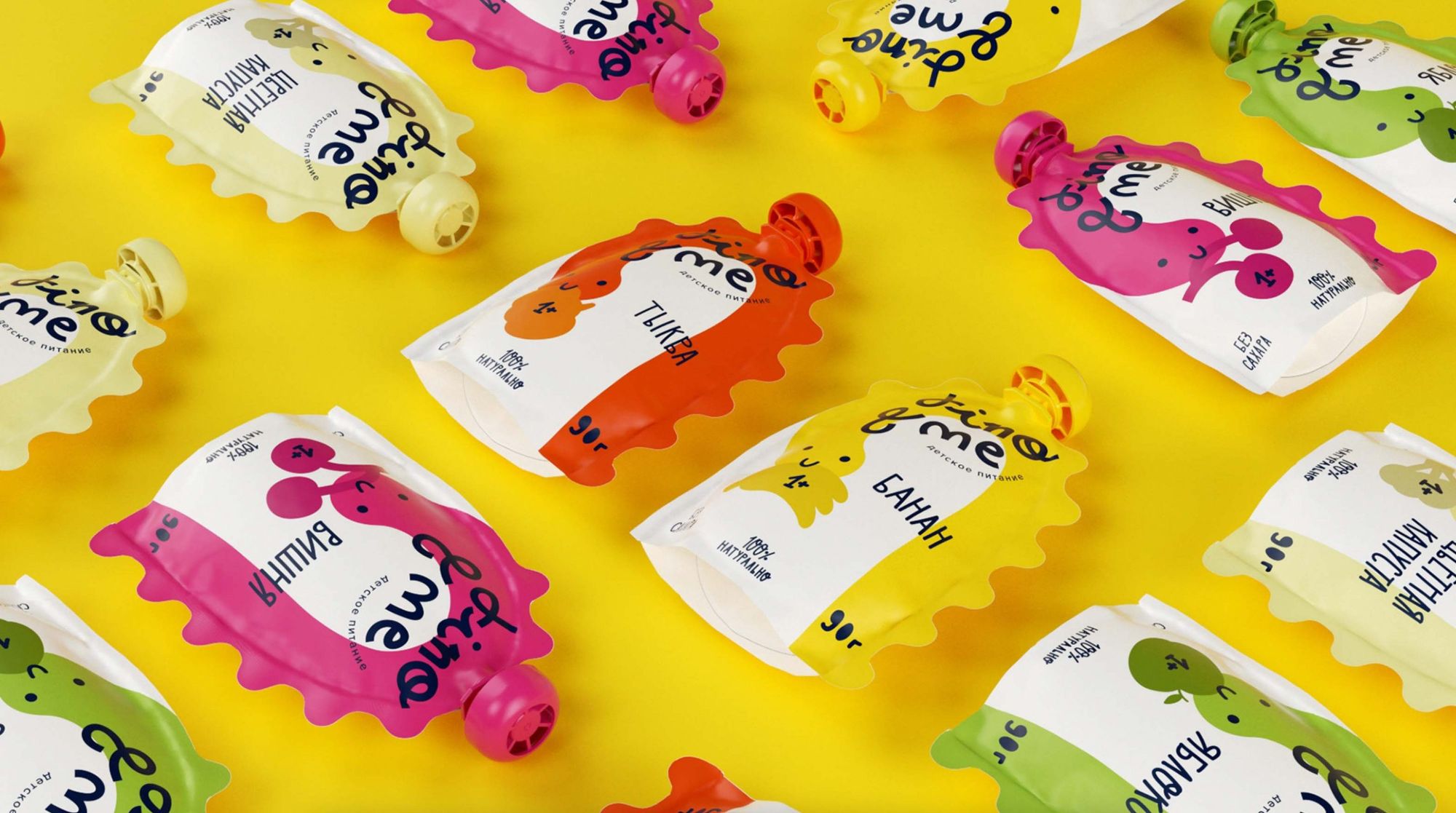
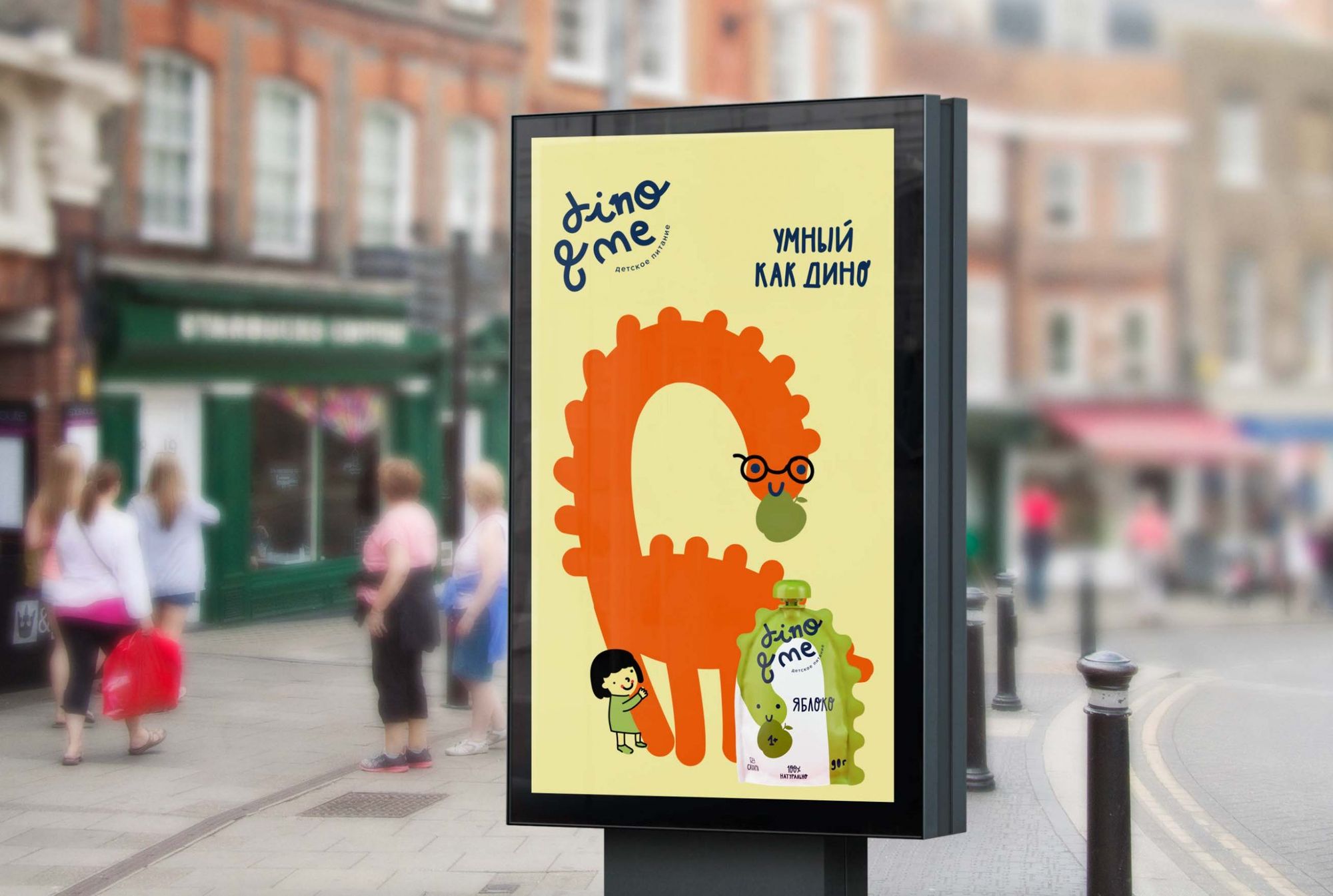
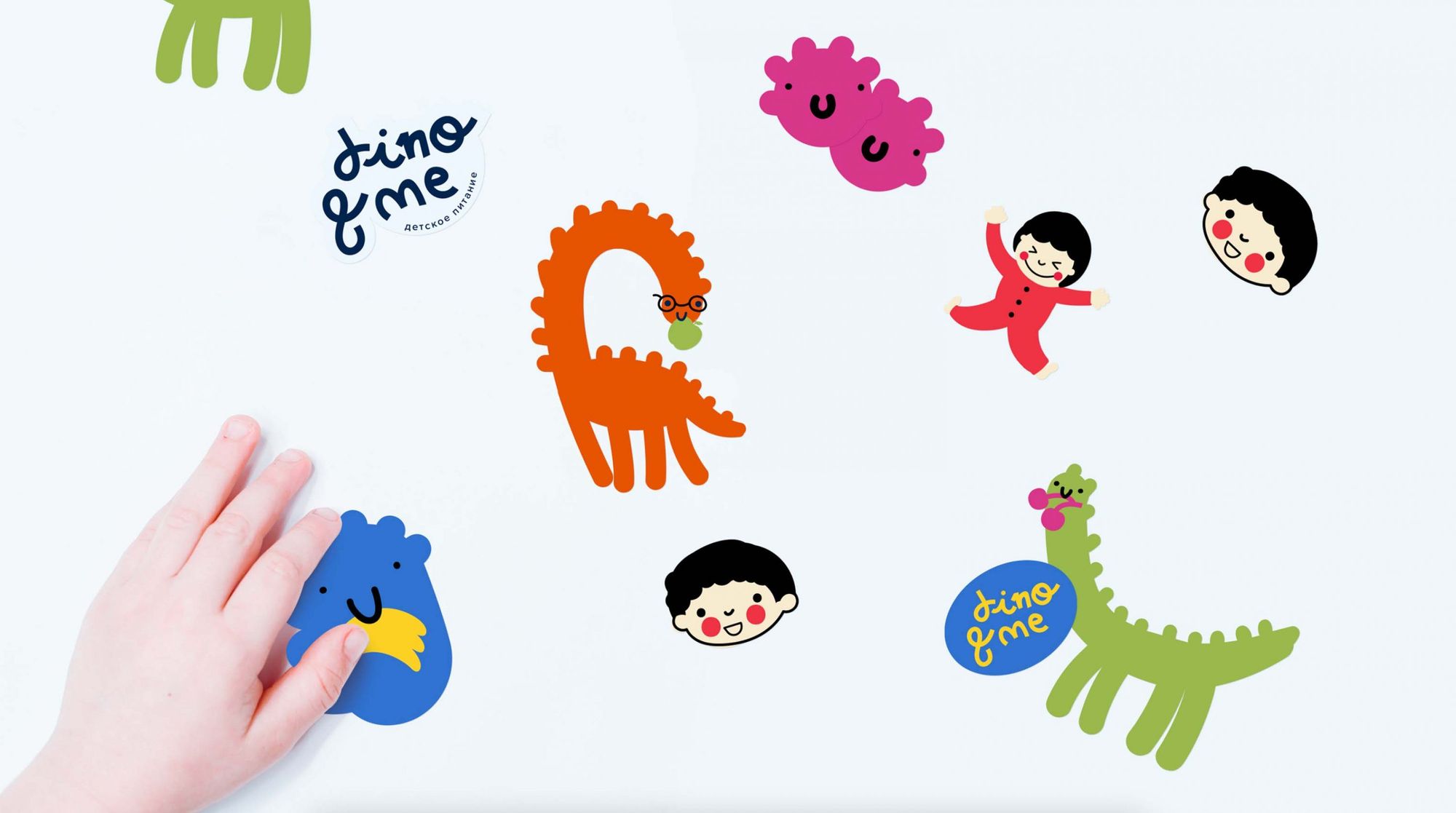
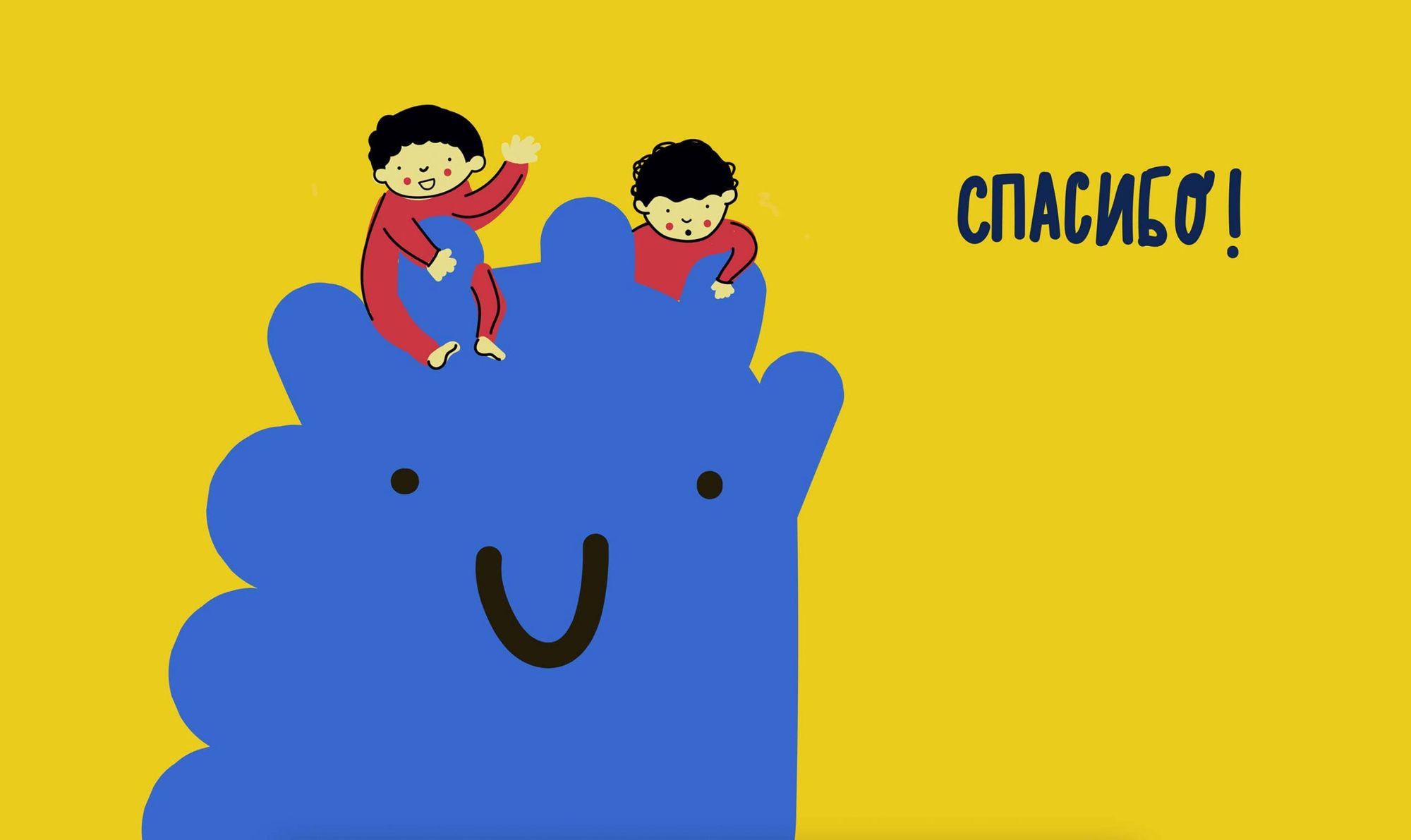
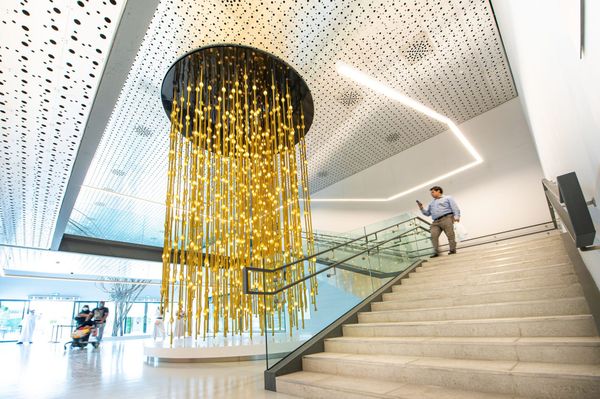
The Czech pavilion brings rain to the EXPO 2020 wrapped in a golden glow
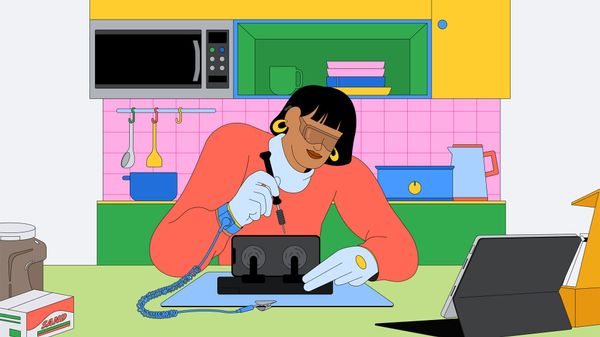
Apple takes a big leap with its new Self Service Repair program










